The Apple Watch 8 review was on my top list of articles I want to write for our magazine this year. I really like the Apple Watch as such, and since I've been using it for years, I always enjoy the opportunity to try its latest generation and get a certain picture of it among the first ordinary people in the world, even if it's not always a good one. And since the Apple Watch 8 has been keeping me company since last Friday, it's now time to review them, which will hopefully answer all your questions about functionality and the like. However, if this is not the case, feel free to ask in the comments. If I am able to answer, I will be happy to explain everything.
It could be interest you
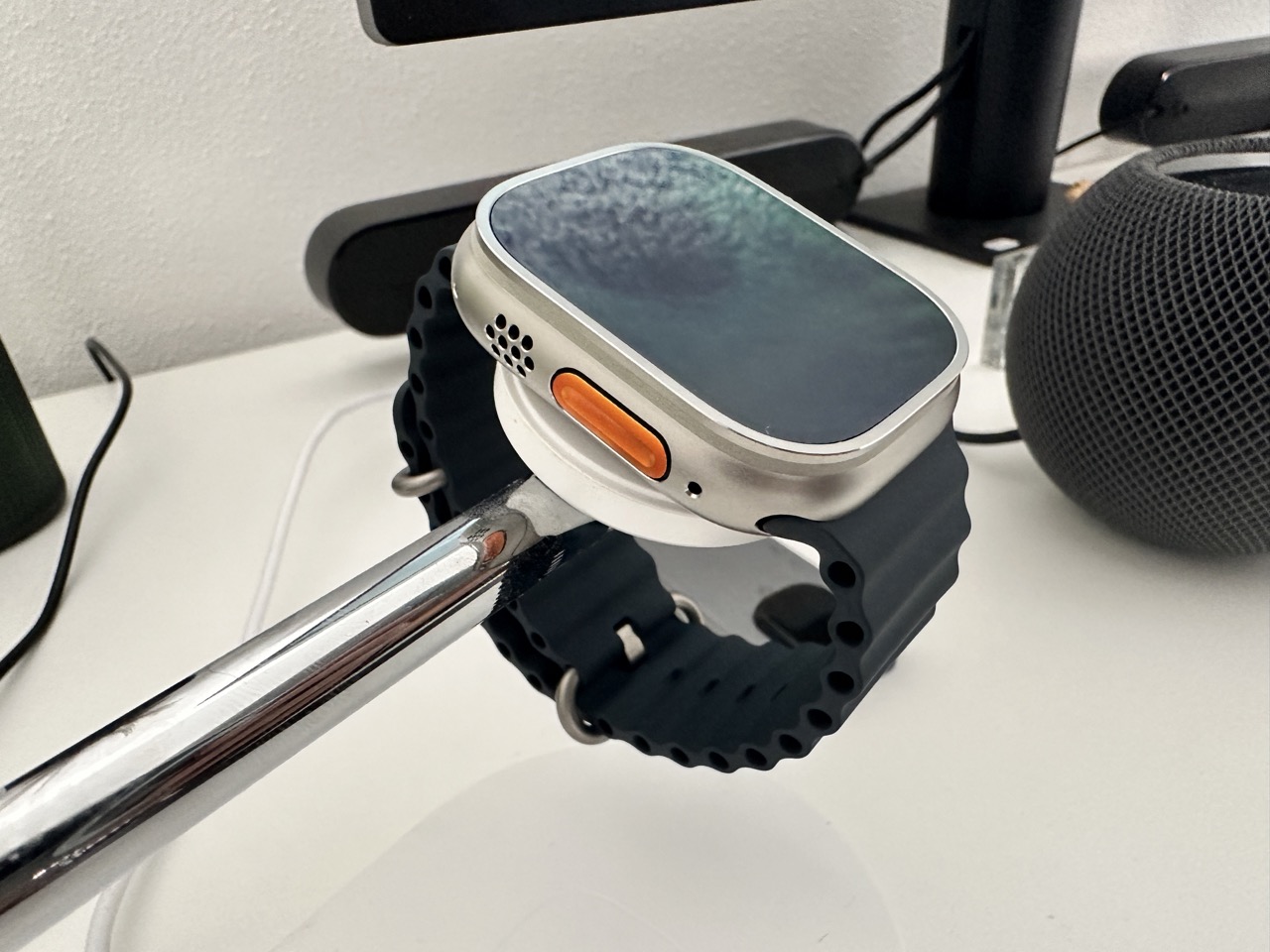
An oldie but still a nice design
The Apple Watch Series 8 arrived just like last year in 41 and 45 mm size variants with an extremely narrow frame around the display. Thanks to it, according to Apple, the display area of the Series 8 is 20% larger than in the case of the SE 2. They are available "only" in 40 and 44 mm, but at the same time they have wider frames around the display, for which they logically pay extra. Rather surprisingly, however, this year Apple deployed only four color variants, two of which are also very close to each other. We are talking specifically about silver and star white, which is complemented by ink and red, but only in the aluminum version. Steel watches are then classically colored in black, silver and gold variants. But let's go back to aluminum for a moment. The latter lost the silver one last year, but was enriched with green and blue ones, which in my opinion looked really good and which, according to the available information, sold very well. Although cutting them down is beneficial given that we don't have blue or green iPhones in the Pro series and the basic "fourteen" with one blue shade don't have that much sales potential, on the other hand, I'm quite surprised that we didn't get any interesting replacements this year in the form of purple. After all, it appeared this year both in basic iPhones and in the 14 Pro series, so its use in the Apple Watch would make sense. I honestly think it's a shame, because these experiments of Apple have been quite successful so far, and it's sad that we were deprived of them this year.
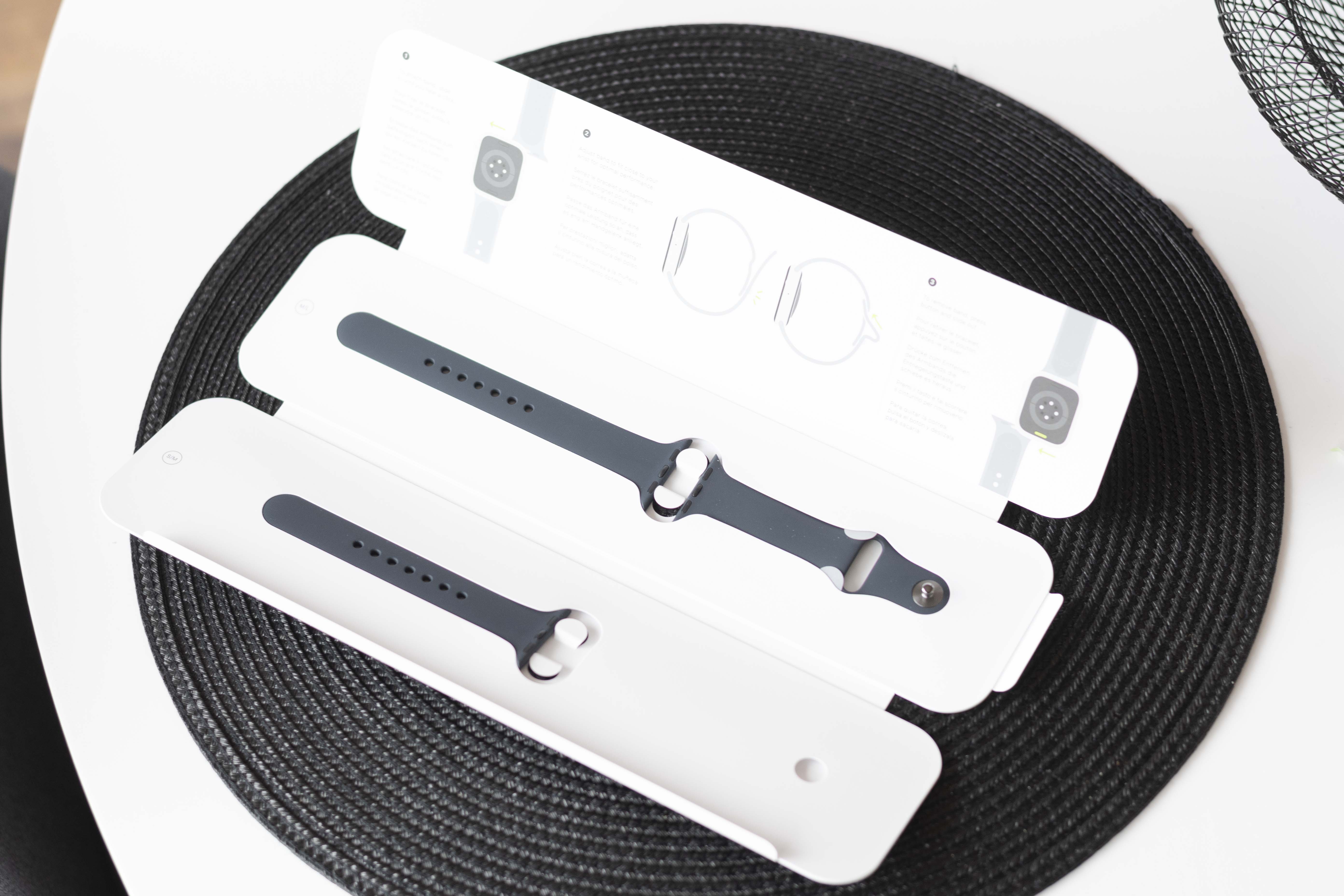
Why am I writing all this in the previous lines? That's because the new color shade would ultimately be at least some point of reference for defending the old Apple Watch design. However, nothing like that is happening, and I have to sigh a little at the fact that we have a Watch in the design we've been used to for years, because no, I don't really consider last year's upgrade a design change. Please don't take me to mean that I would like to get a completely different look for Apple Watch from Apple, but I would like it if the watch after years comes with something that appeals to me and makes some kind of sense to me. At the same time, it does not necessarily have to be a change in the shape of the chassis from rounded edges to sharp ones. For example, a further enlargement of the watch to the level of the Ultra series, a greater flattening of the display on the sides, or simply anything that would enliven the already somewhat boring design would be sufficient. Unfortunately, this wait will drag on for at least another year.
A performance that neither offends nor excites
While I can still kind of understand the design, because gaudy doesn't equal obsolescence, the use of a two-year-old chip is really hard for me to understand. I'm not saying I want an M1 Ultra cannon in my watch, but damn, why would I have a chip in it that already arrived in the Apple Watch 6 in 2020? If the Apple Watch didn't need to speed up anywhere, I wouldn't even say it was ashes, but there are unfortunately relatively many places in the system where it is pushed by a performance boot and would deserve a boost. After all, you can start by booting or, if you want, starting the system. Do I really have to wait tens of seconds for the watch to start in the 20s of the 21st century? I'm sorry, but not really. Another thing is the speed of applications. Launching them and using them in general is certainly not slow, but I find it a little funny to deal with the fact every year that my iPhone loaded Facebook by a picosecond thanks to the new processor, while here I wave my hand over the loading of applications – albeit the shortest ones. Just the fact that I have to do this at all is heaven calling! At the same time, Apple is a complete magician when it comes to chip development, and it certainly wouldn't be difficult for it to come up with something every year that will make more and more sense in a watch. Sure, let's not expect miracles like +50% power every year from it, but at the same time, it doesn't seem entirely kosher to excuse the things that annoyed me about the 2020 model for a third year.
However, so that I don't criticize and you don't misunderstand me - I am writing the previous lines from the point of view of a person who has used all the Apple Watch models in the last six years and therefore has something to compare them with. From the point of view of an ordinary user who buys the Series 8 as the first Apple Watch, I would very likely say that they are performing very well, which they are. However, they have been doing this for the third year and that is simply a bare fact. And whether you like it or not, in three years even the best chip will simply become old. So yes, the watch is fast enough, but in short only as Series 6 and 7 were, because the chip does not allow them to do anything more. Is it enough for normal use and life? Yes. Is it the best that can be imagined at the moment? No. So get a picture of the whole chip situation yourself.
The display is beautiful, but for the second year
Specifically, a 41 mm watch arrived at the editorial office for testing, which is more suitable for smaller men's hands or for women. However, the display as such shares both size variants the same, although of course with a different surface. However, finesse, resolution (relative to the size of the display) and all other features are preserved, which in the end does not guarantee, as is usual with the Apple Watch, anything other than a perfect spectacle. Yes, the display of this year's Watch generation is again beautiful and I honestly consider it to be the best that can be found in a smartwatch. After all, what can you expect from OLED, which meets Apple's highest requirements, yes. Unfortunately, such a beautiful display is already in a way overlooked, because compared to last year, Apple did not come up with anything to embellish it. So the frames, contrast, resolution, and even brightness are the same, which is something that Apple, for example, does very solidly with iPhones practically every year. However, there is no upgrade here, not even with Always-on, which Apple has tended to lighten or brighten in recent years with the Apple Watch so that it is more visible. I'll admit that it's also a bit of a disappointment for me, because Apple has paid quite a lot of attention to the display in recent years. But reminisce with me: Apple Watch 4 and the narrowing of the bezels with the rounding of their corners, Apple Watch 5 and the deployment of Always-on, Apple Watch 6 and the brightening of Always-on, Apple Watch 7 and the narrowing of the bezels. This year, however, the world has sharpened, and it's a shame. That is, how it will be taken. What I wrote at the end of the processor analysis also applies here - that is, the display as such is perfect, but in short, it needs to be upgraded, and on the contrary, looking at the same panel for two years is a bit boring. Even if the display of the Series 8 were to be improved only slightly, it would still be another reason to upgrade. And we could go on like this almost indefinitely with Series 8. But more on that later.
A thermometer or something that I personally do not understand
The main novelty of this year's Apple Watch generation is undoubtedly the sensor for sensing body temperature, the development of which has been discussed extremely often in connection with the Watch in the previous months, even years. However, I must say at the beginning of this section that what Apple has given the world is quite a disappointment in my eyes, and if the Watch never arrived with it, I could live with it without a problem. In my opinion, this is precisely the function that only a relatively small percentage of users will use, and that is exactly why I hardly even want to talk about it as the main novelty of the Apple Watch 8.
I'll start at the beginning by saying that Apple did not create a dedicated application for measuring body temperature, as is the case with monitoring heart rate, EKG or blood oxygenation, but implemented everything in Health. In other words, this does not mean anything other than that if you wanted to measure your body temperature at any time of the day, you are out of luck, because it simply does not work well. The only time the watch measures body temperature in any way is when you sleep at night with Sleep mode active. So the stumbling block is probably clear to everyone. The watch doesn't serve absolutely the way the world expected - i.e. as a thermometer constantly attached to everyone's wrist informing that your temperature has risen and you're probably sick, but it's just a kind of accessory that provides information back from the night, which seems really strange to me. If I wake up in the morning with a temperature, I would somehow expect that I am not very well and I will know it even without the graph on the watch. At such a moment, I would probably prefer to be able to put the watch on my wrist after sleeping and look through the application to see how much I actually have at that moment. Now let's not talk about the fact that similar thermometers in competing watches are inaccurate - we are talking about Apple products and I personally expect from them that they are not like the others.
With the previous lines, we get to another stumbling block, which is the fact that you have to sleep with the watch to use the thermometer, which is extremely unpleasant for me personally. I know very well that many people sleep with watches and monitor their sleep through them, which I have absolutely nothing against. But I'm a little annoyed by the fact that in order to use the Apple Watch to its full potential, I have to do something that didn't make the slightest sense to me personally until now, because I don't care how well I slept - after all, if I wake up in the morning rested, I somehow know that I slept good and vice versa. The second thing is that the endurance of the Apple Watch is not such that one does not have to deal with the fact that I have to put it on the charger before going to sleep after a more active day. Sure, there are plenty of options in the evening to put them down for a while, let them charge and then put them back on the wrist, but I simply don't like this and I don't think I'm alone. I really don't want to take the watch down while showering to charge it a bit and then put it back on my wrist to measure my sleep and temperature. So why do I have to go through this for a watch thermometer?
As for the things that the thermometer on the Apple Watch 8 is able to detect, the most popular one is undoubtedly ovulation in women. But Apple also boasted that it can draw attention to diseases (albeit retroactively), body changes caused by alcohol and the like. In short and well, there is certainly some usability here, although it is relatively limited precisely because of how Apple has set everything up. And from an already limited feature, Apple has made the feature even more limited by starting to show you data about your temperature, I quote directly from Apple.com "after about five nights". But the catch is that the nights are probably a little more than that, because personally, even six nights were not enough for me to create an average wrist temperature, and from what I have read on various forums on the Internet, I am not a complete exception. However, in order not to insult, it must be said that the Oura rings need about a month to create the user's average temperature, although on the other hand it must be added that sleeping with a ring is a little more pleasant than with a watch, at least for some.
If you're wondering about the accuracy of the thermometer, Apple says a maximum deviation of 0,1°C. Although it looks good at first glance, here again we come across the fact that it is a question of how much to cheer about. In short, you can't measure the standard temperature with a watch, you also won't be able to check the accuracy of the measurement retrospectively, if everything took place while you were sleeping, and in my opinion, the only really meaningful use here is really for monitoring ovulation, which is quite a shame for us men.
To be completely honest, I am extremely sorry for the way the thermometer on the Apple Watch turned out, because I wanted to buy the Series 8 precisely because I would be able to measure my temperature through them at any time and not have to reach for a classic thermometer. However, what Apple has shown is a bug in my eyes, which I would not personally talk about as a separate novelty, but rather as an improvement for sleep monitoring. And when I look at it this way, it seems quite small for the biggest novelty of the Apple Watch. However, as I mentioned several times in the previous lines, this is purely my personal view of the matter and my settings for how I use the Apple Watch. So if you have them to monitor absolutely everything possible, then you will probably appreciate the thermometer in some way. If so, I'd love it if you let me know in the comments what it brings you.
International roaming, or the real revolution for Series 8
While the body temperature sensor doesn't quite strike me as a revolution or even a great innovation, the roaming support for the LTE models is something that I think is a real gem. Until now, the LTE Watch worked simply in such a way that if you had a mobile tariff in it and crossed the border, the mobile connection simply stopped working and the LTE versions suddenly became non-LTE. But that is finally changing now, as Apple has finally unlocked the option of international roaming with the Watch 8, which we have been used to from mobile phones for years. So if you now go abroad with the watch, it will automatically switch to the network of the partner operator of your home country, so it is a bit of an exaggeration to say that you will no longer need a mobile phone even abroad. Of course, even in this case we are talking about something that is intended only for a certain type of user, but I think that the conceptual openness of this function is much greater than the thermometer itself. And honestly, it's almost strange that Apple came up with something like this only now, when it's something that's been annoying users since the Apple Watch 3 as the first LTE watch of its kind.
Battery life may be enough for some
If there's one thing Apple Watch fans have been praying for this year, it's undoubtedly longer battery life. Nothing like that happened, though, because during my standard day, in the form of receiving more than a dozen notifications, receiving calls, checking emails, controlling HomeKit or roughly two hours of activity measured through exercise (albeit with an iPhone nearby, so without active WiFi) with calm from morning to evening, with the fact that around 8 p.m. my Watch still has about 22% battery left. It's not a terno, but on the other hand, I really don't have to worry about them dying any minute and they'll revive only when charged. Sure, a few days' worth would be more pleasing, but if I put the iPhone on the charger every night, I have no problem putting the Apple Watch next to it, which brings us back to the fact that an overnight thermometer is simply nonsense for me personally.
However, what pleasantly surprised me, although it must be added in one breath that this is a function from watchOS 9 intended for Apple Watch 4 and later, is a new low-power mode, which, according to Apple, extends the life of the watch up to 36 hours, but of course in exchange for some functions led by Always-on, heart rate sensing and so on. I'll admit that I really like Always-on on my watch, just as I like to see how my heart rate changed during a walk and so on, so I really see this function as a marginal solution. However, this is undoubtedly a solution that has something in it and that can boost the endurance very nicely – in my case to some 31 hours of standard use, which is definitely not bad. In addition, I know that if I worked more economically - both in terms of notifications, activity and so on - I would probably get at least the promised 36 hours and maybe even a little more.
Another improvement
While at the presentation of the new Apple Watch, it was stated everywhere that they are equipped with Bluetooth version 5.0, the truth is that they have a more modern Bluetooth 5.3, which ensures a connection with a lower energy load, higher stability, but mainly LE support, which allows, for example, music streaming in higher quality than it is now. At the moment, you won't fully utilize the potential of Bluetooth 5.3, as LE support is missing in watchOS, but according to some speculations, its addition is expected in the future, especially due to the AirPods Pro 2, which are also expected to receive it in the future firmware. So once that happens, the watch should be able to stream music to the headphones at a significantly higher quality than it is capable of now. Sounds great, huh? It's all the more frustrating that upgrades like these are oddly sidelined, even though they have the potential to be game-changers.
Apple announced at the Keynote, among other things, that the new Apple Watch 8 can recognize a car accident and will call for help on that account if you are unable to do so yourself, for example due to injury. The detection of car accidents works thanks to a redesigned gyroscope and accelerometer, which should be up to four times faster than the original version in terms of motion detection and thus should be able to detect accidents better overall. Unfortunately, you have no chance to feel a better gyroscope or accelerometer except in car accidents. For example, waking up the Watch by raising the wrist or, in general, all activities dependent on the accelerometer and gyroscope seem to me to be absolutely as functional on the Series 8 as on the Series 7. In no way do I want to criticize Apple, because these functions seem to me to have been mastered perfectly for many years. I just want to say that if you expect something more from this upgrade, you won't improve, even if it doesn't matter in the end.
Summary
Although the previous lines may have sounded extremely critical, in the end it must be said objectively that the Apple Watch Series 8 are simply great. They're just as great as the Series 7, almost as great as the Series 6, and I dare say they're not that far from the Series 5. From the point of view of a person who doesn't care about money and wants a new Apple Watch, I wouldn't hesitate to buy the Series 8. However, if I had to look at everything a bit pragmatically, I would personally prefer to go for the cheaper Series 7 (while they are available), because they can be found for more than 3000 CZK cheaper and, frankly speaking, the Series 8 is not 3000 CZK better. As for the transition from an older to a newer Watch, Series 8 makes sense especially for owners of older models, and at most for owners of Series 5 and 6 due to narrower bezels or perhaps a blood oxygenation sensor. However, the thermometer is a bad joke in the current concept, and there aren't many other things worth mentioning except for international roaming. In the end, roaming is the only element that, in my opinion, has the potential to make even Apple Watch 7 owners upgrade. So, as you can see, the Series 8 does make sense, you just have to defend it to a certain extent and find it within yourself. Hopefully next year will be better in this regard.
 Flying around the world with Apple
Flying around the world with Apple 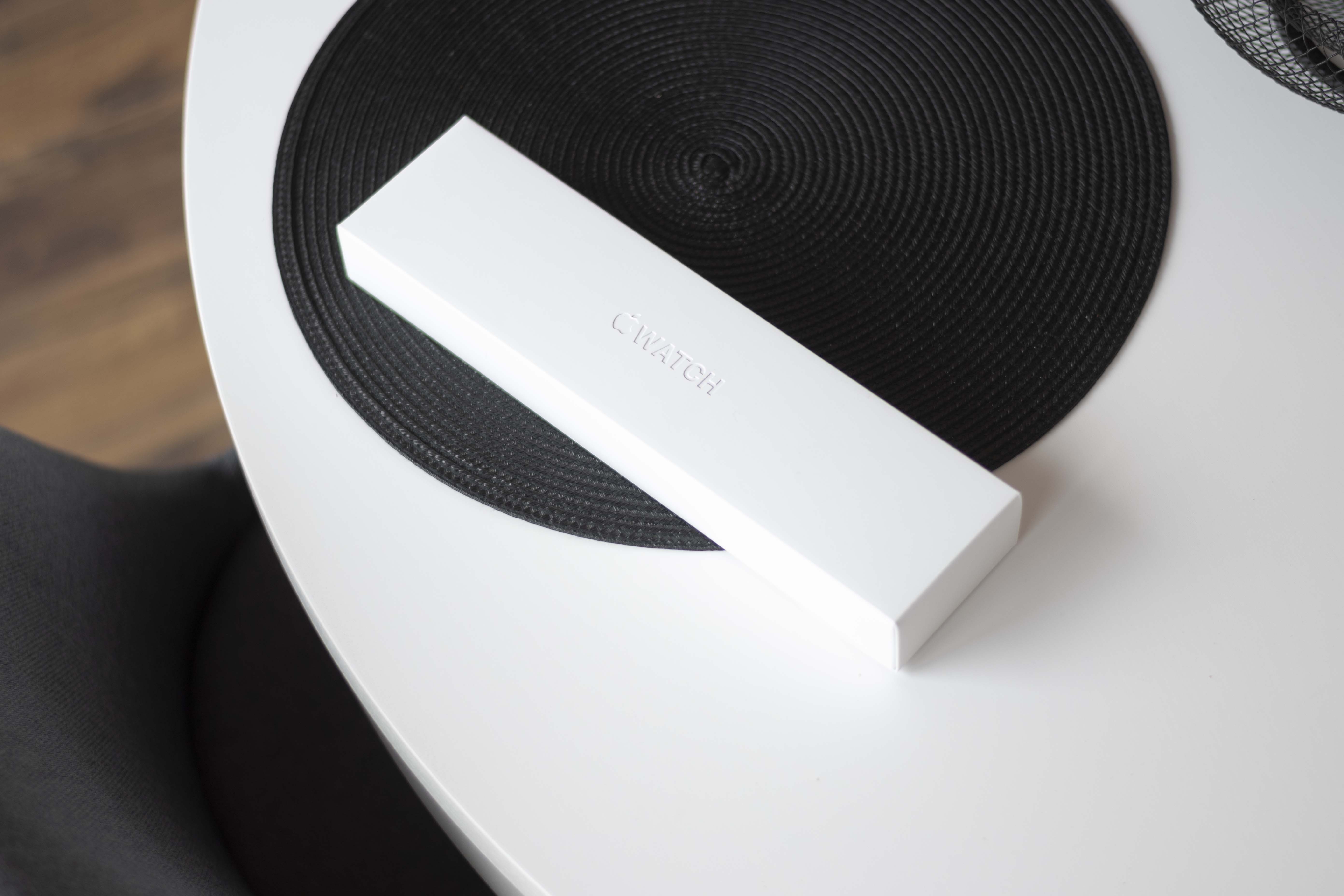


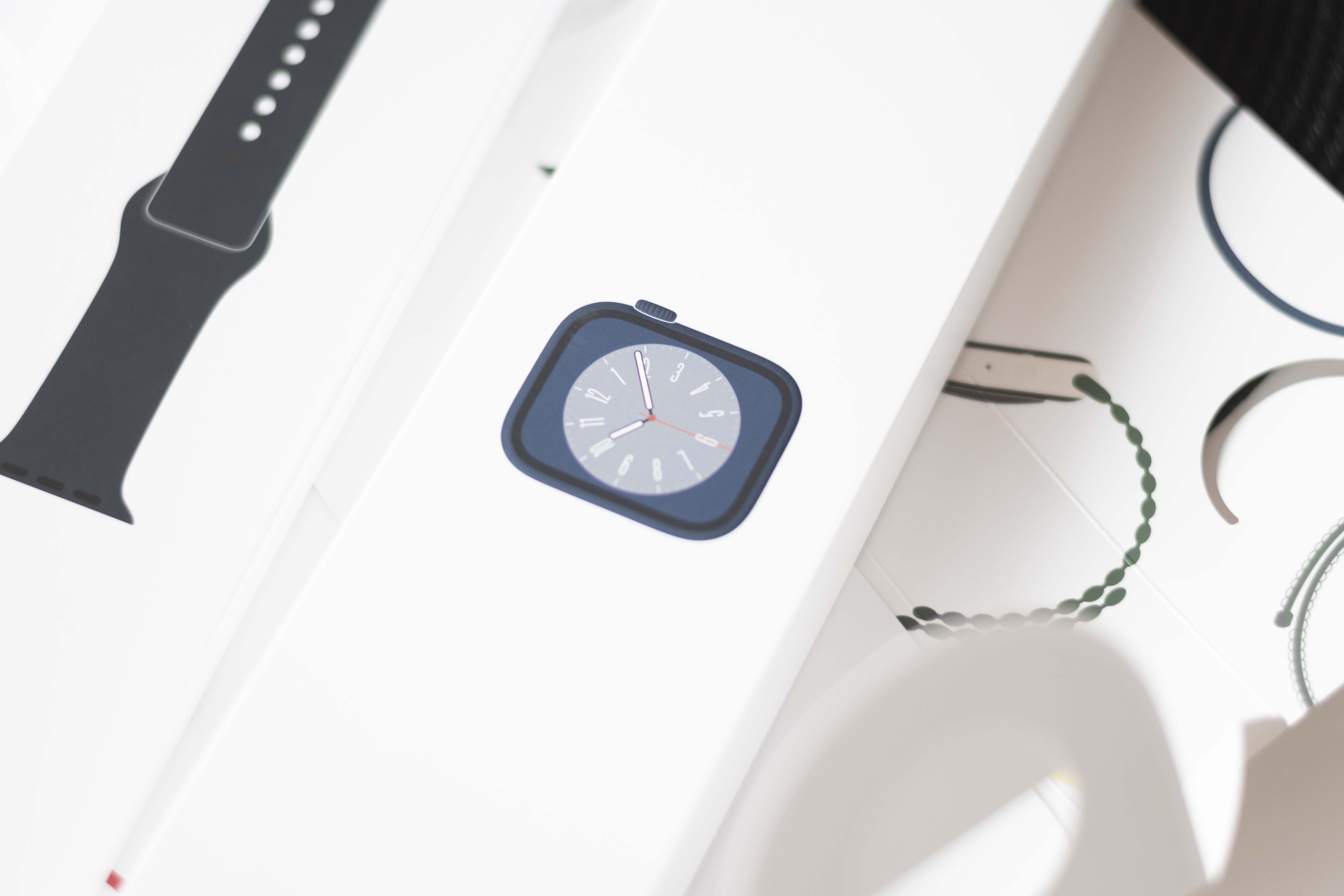
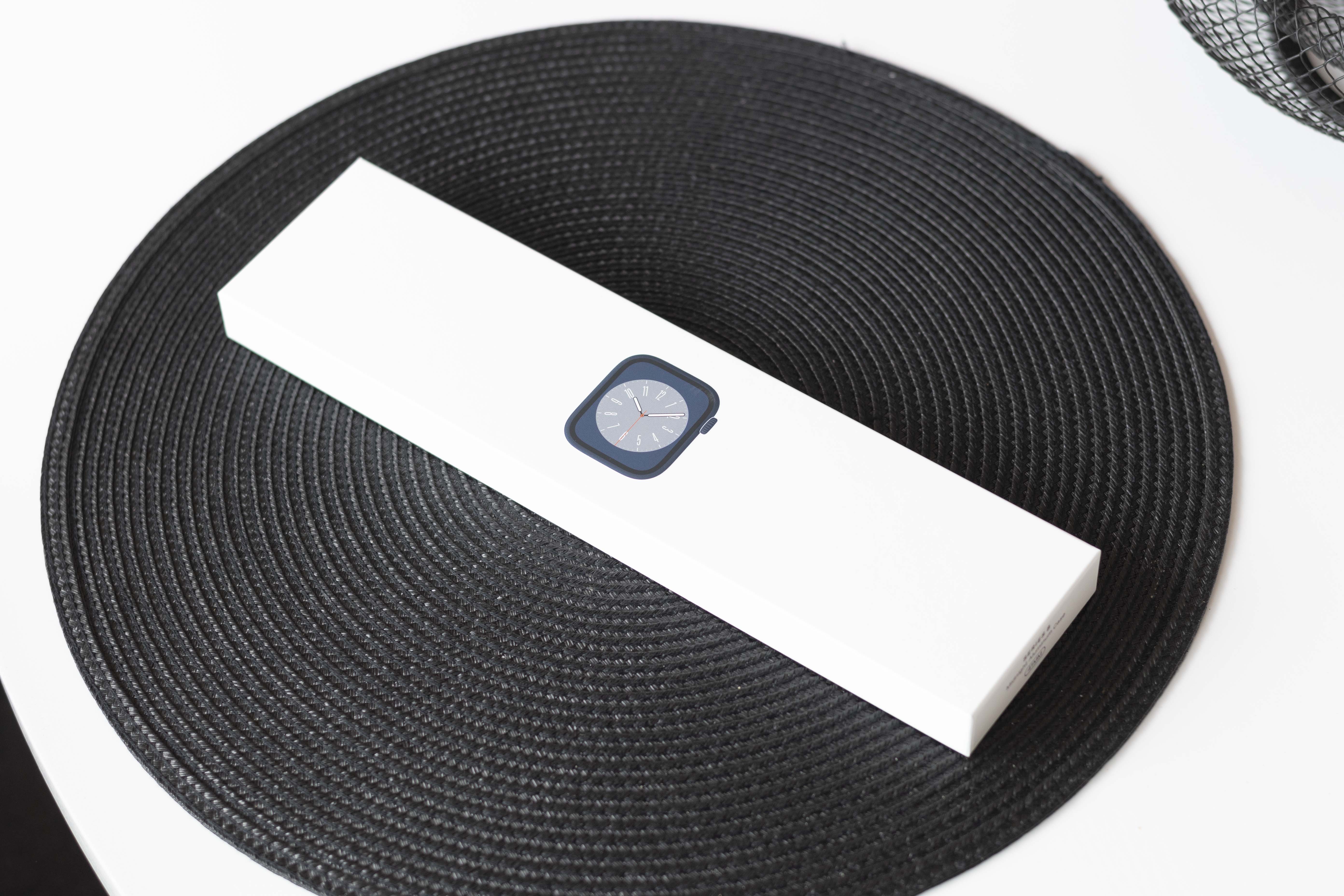
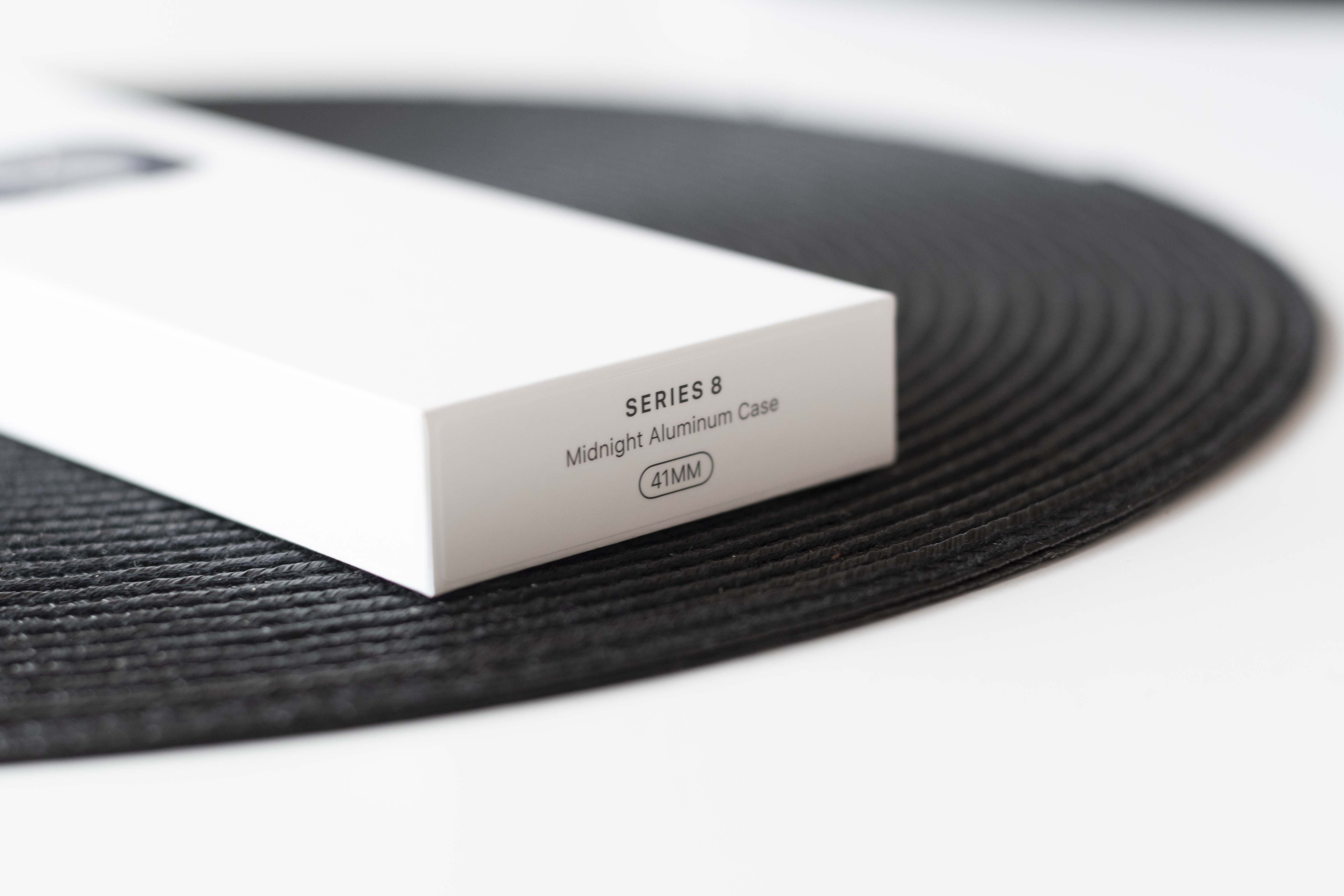

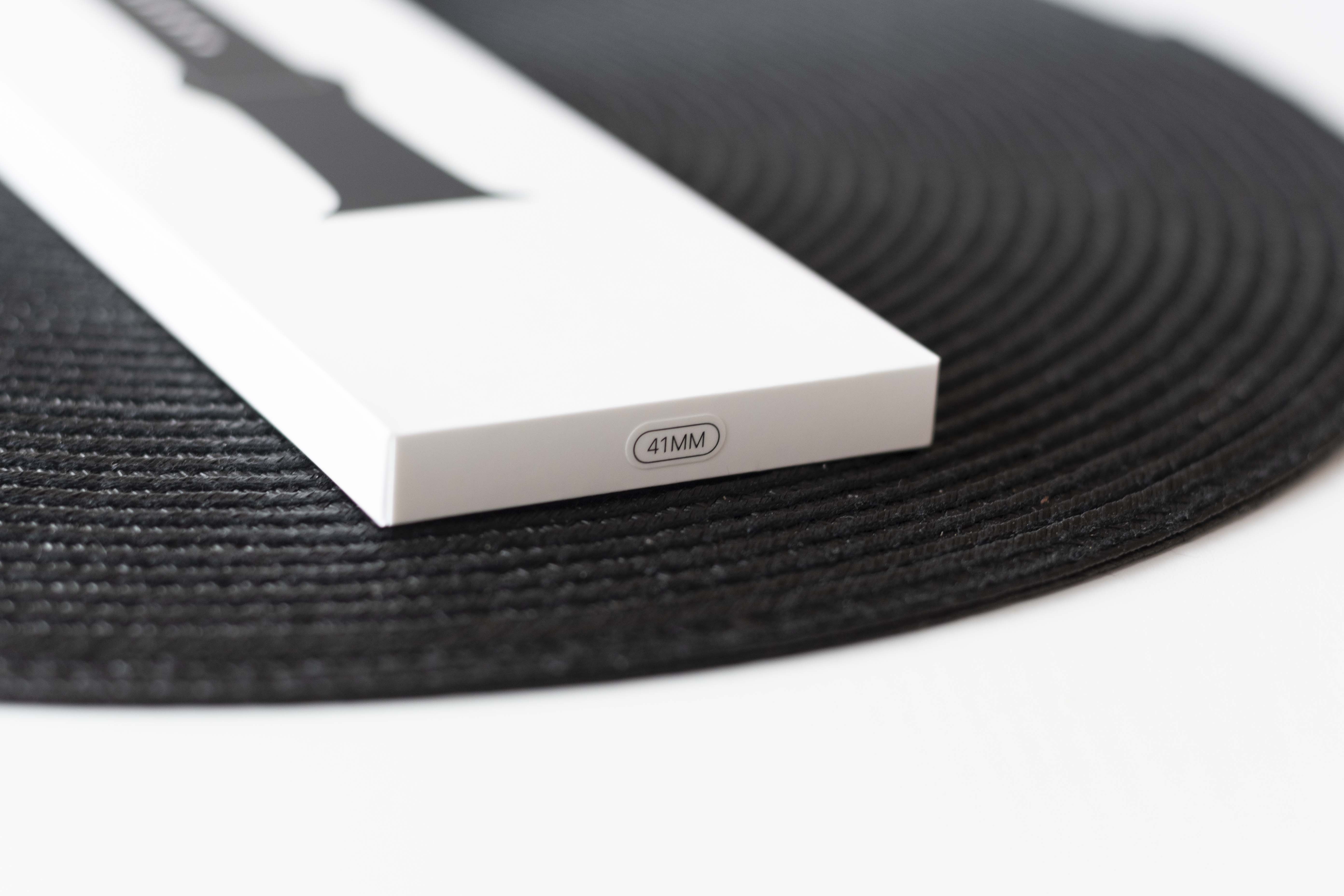
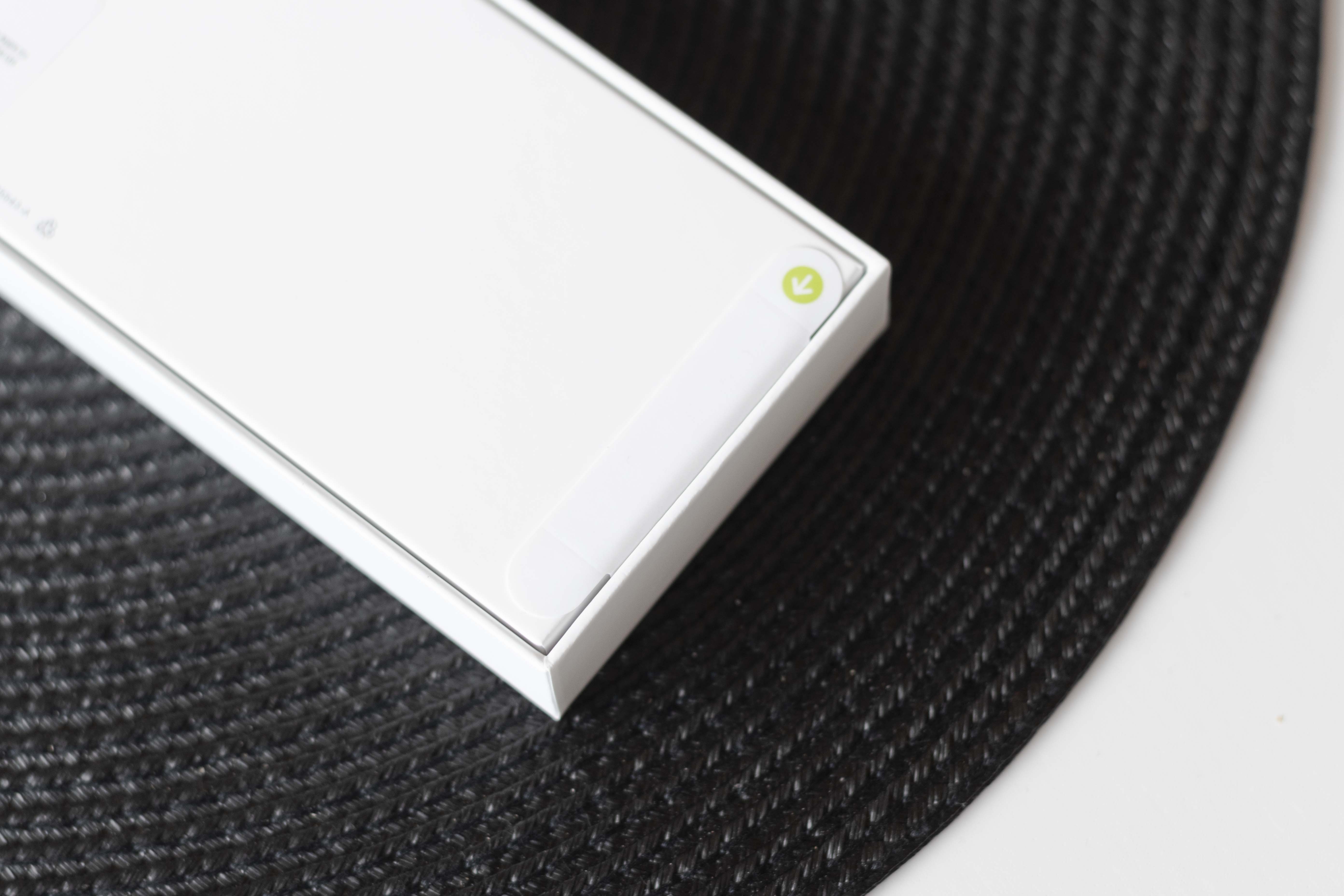
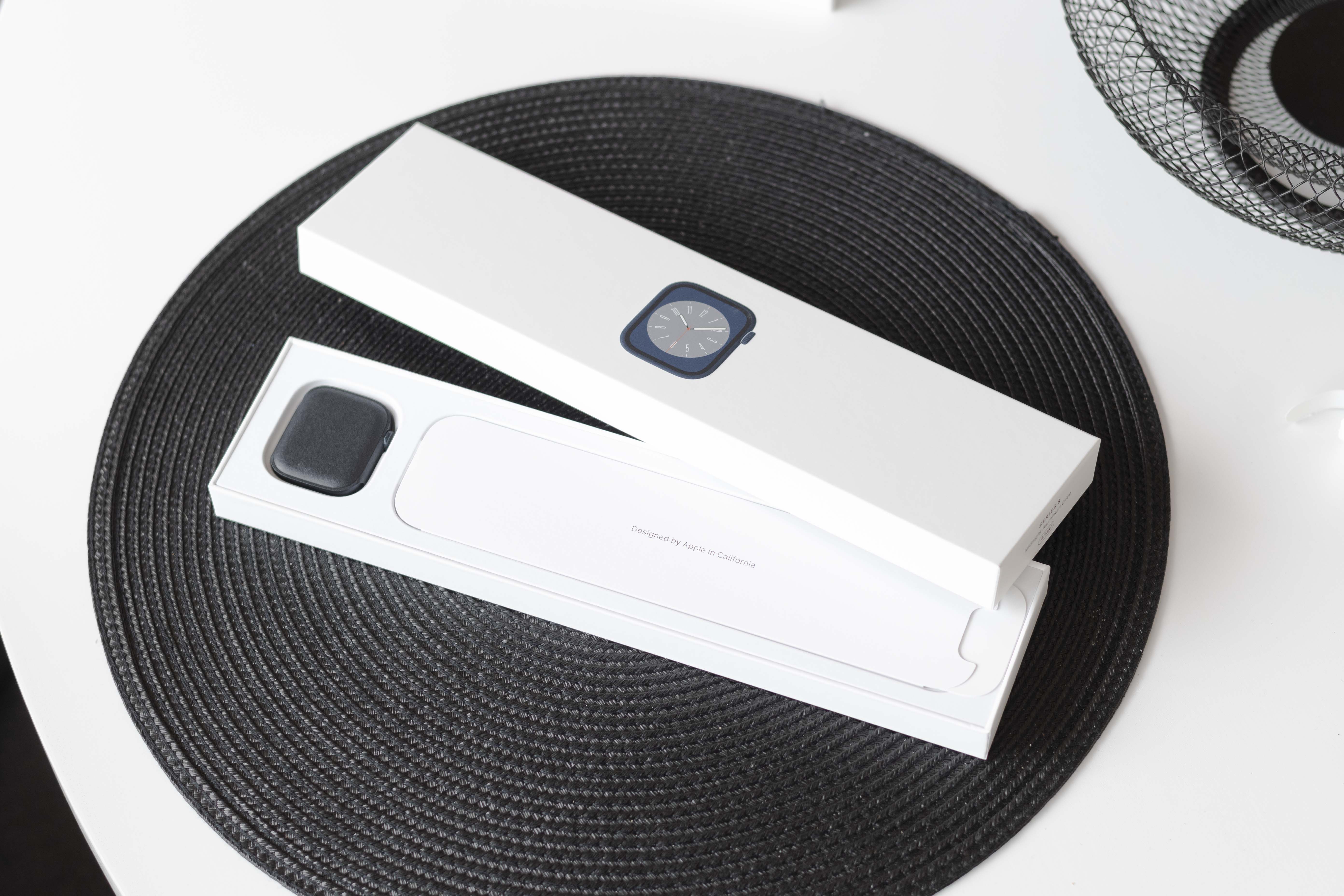
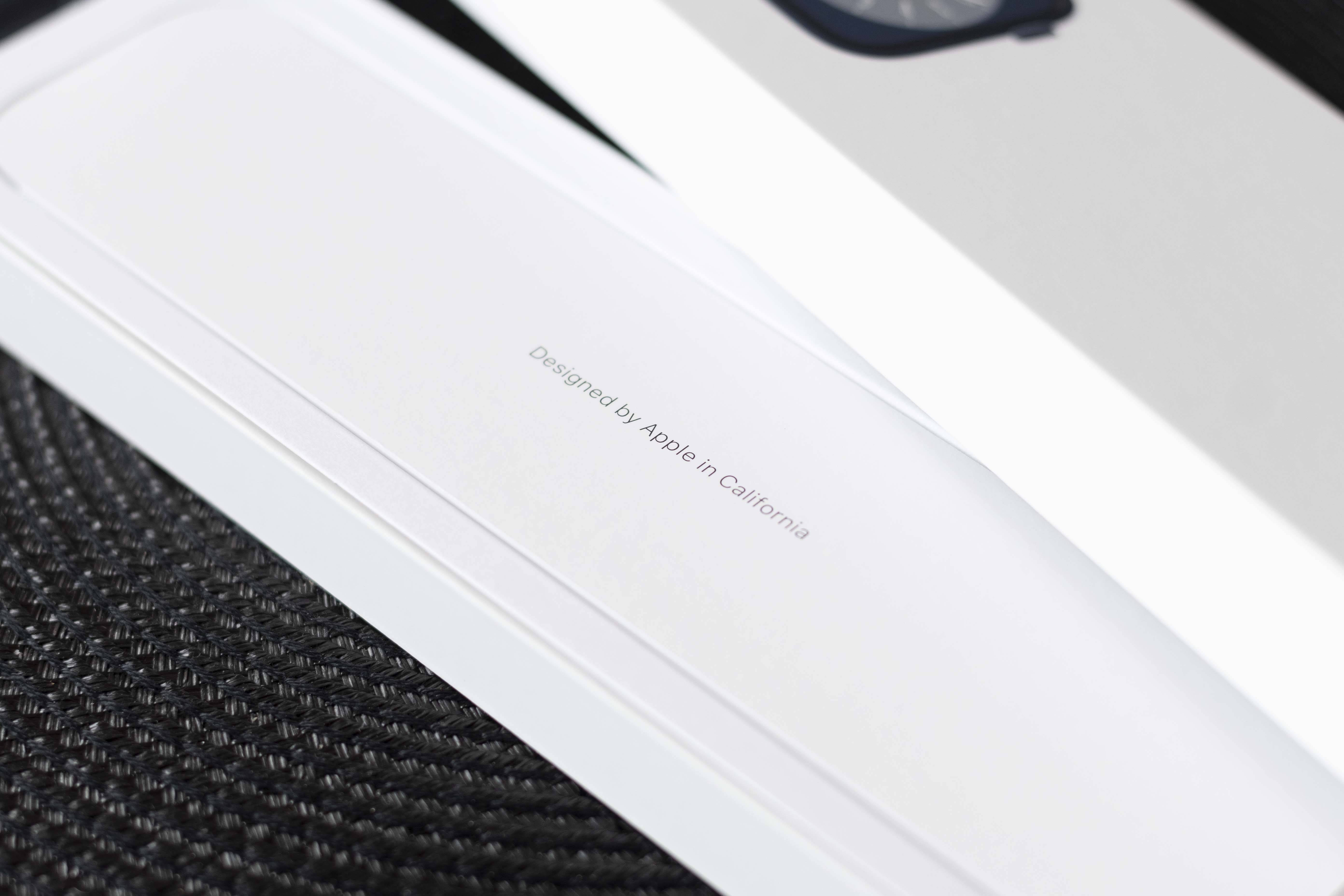

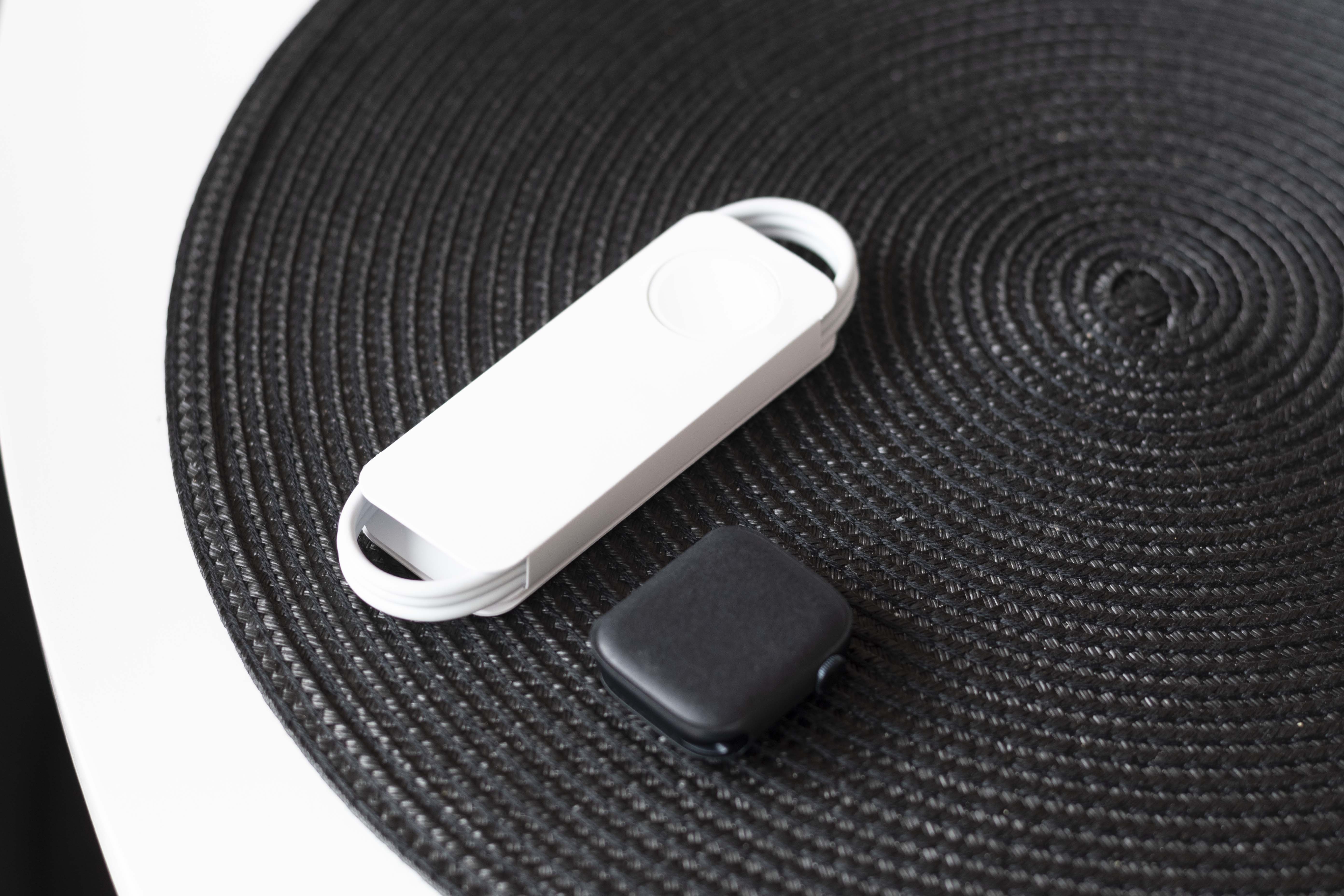
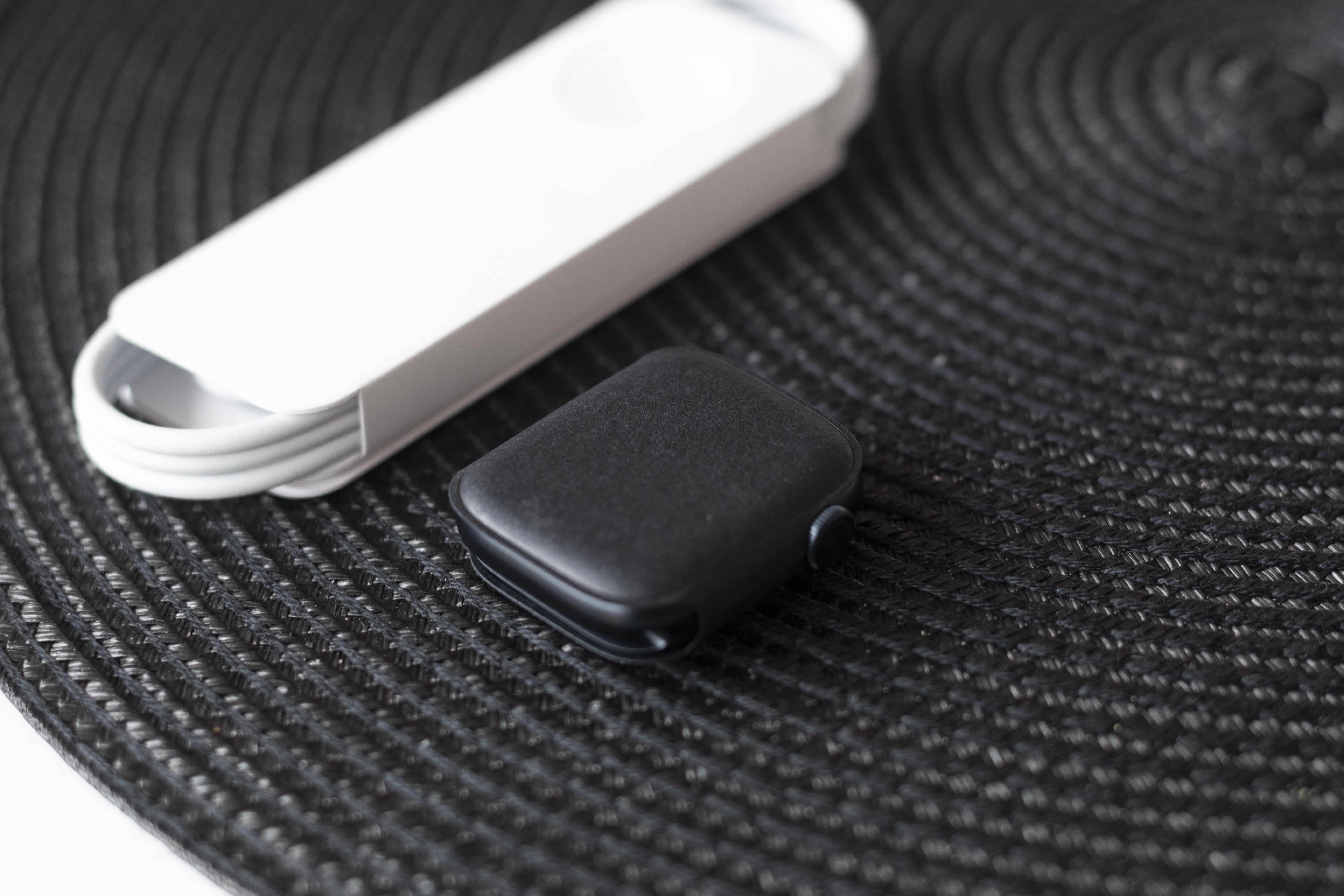
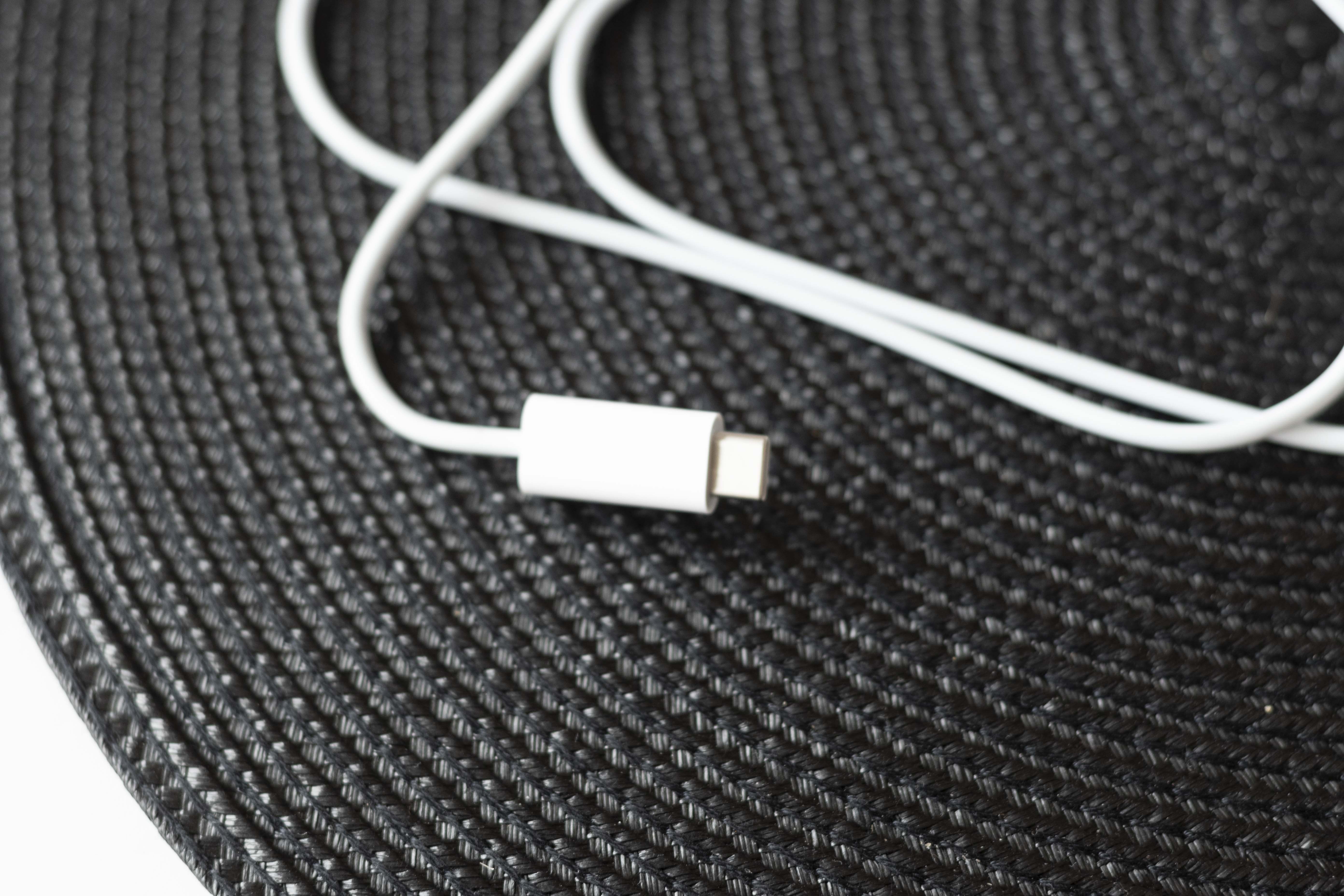
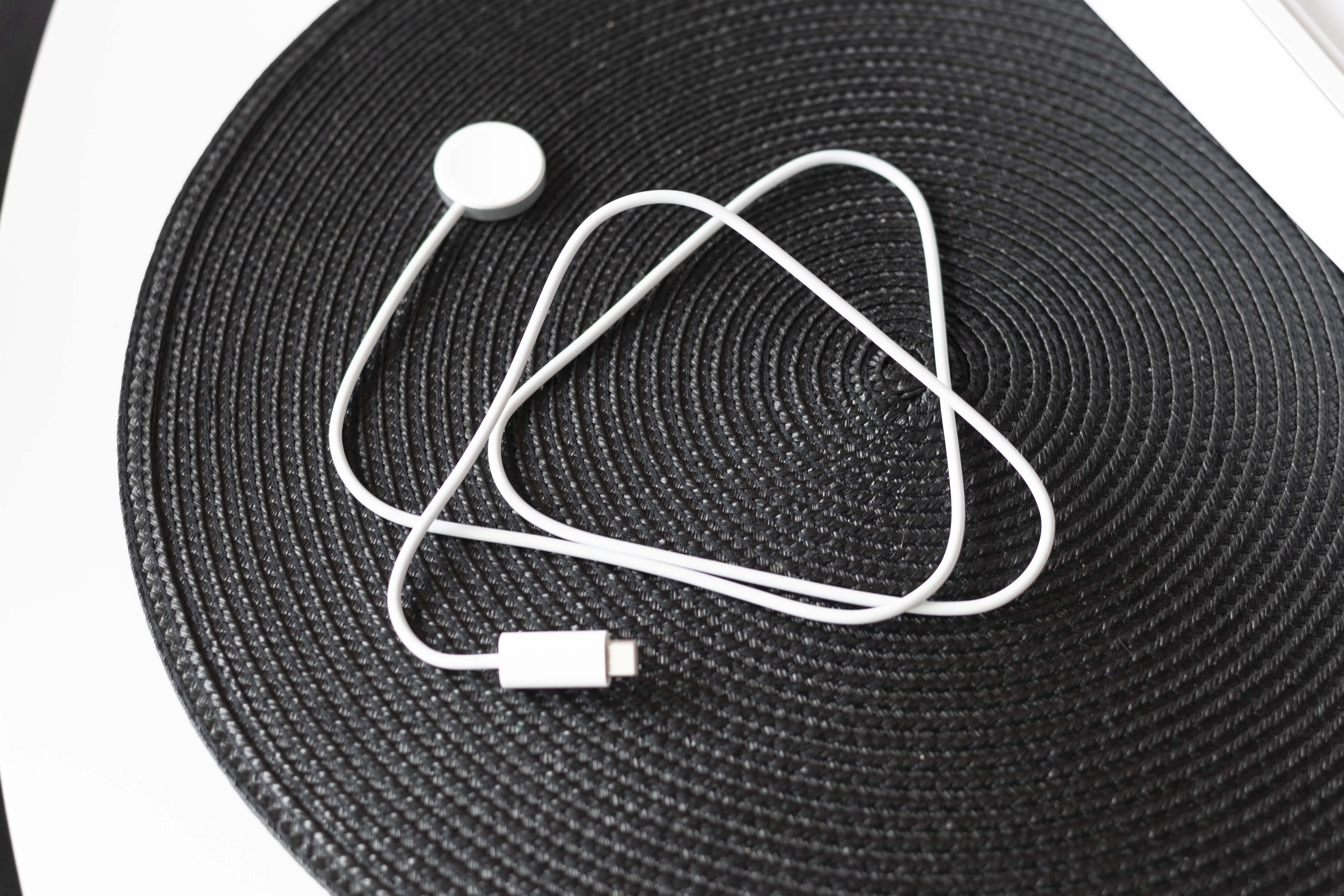
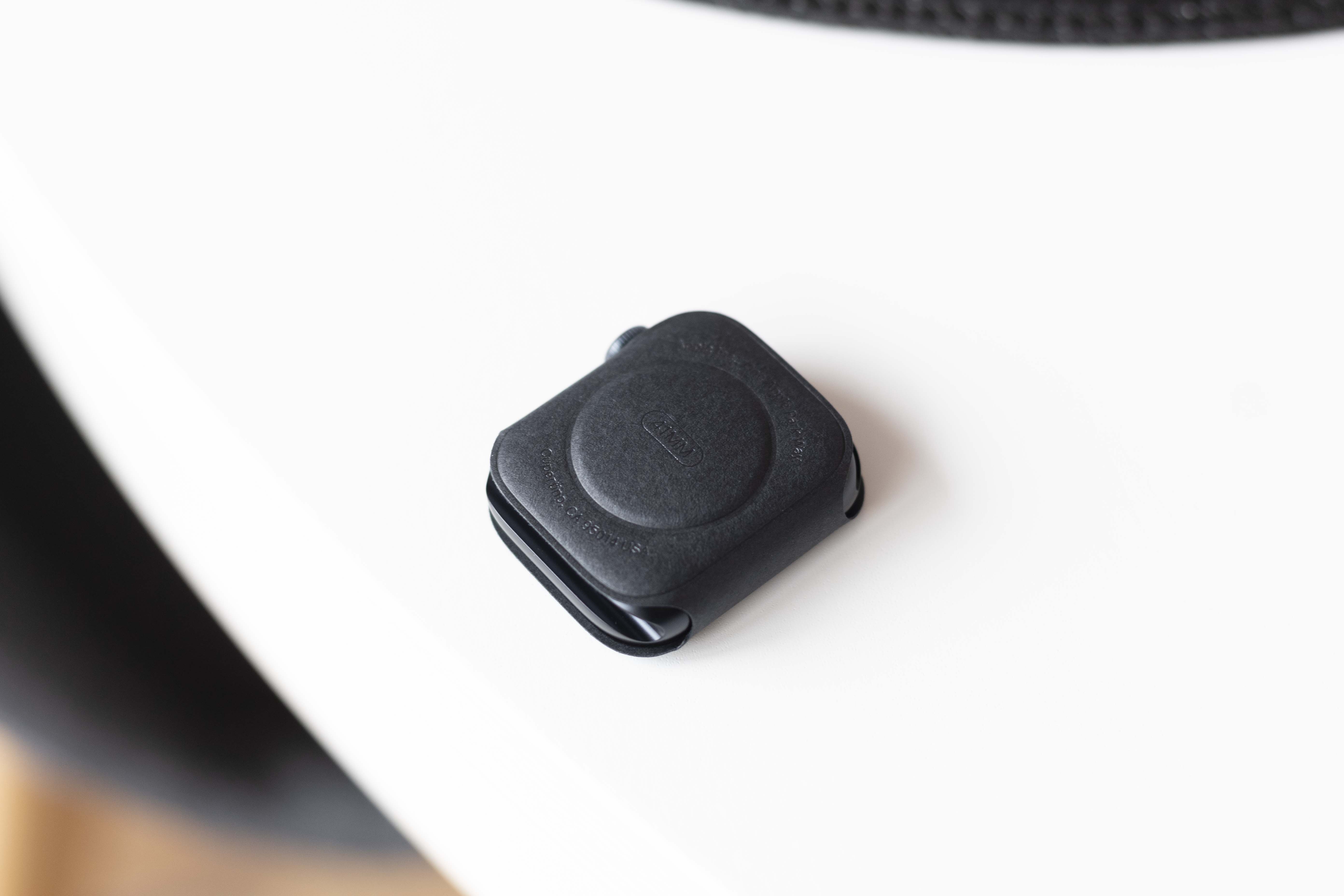
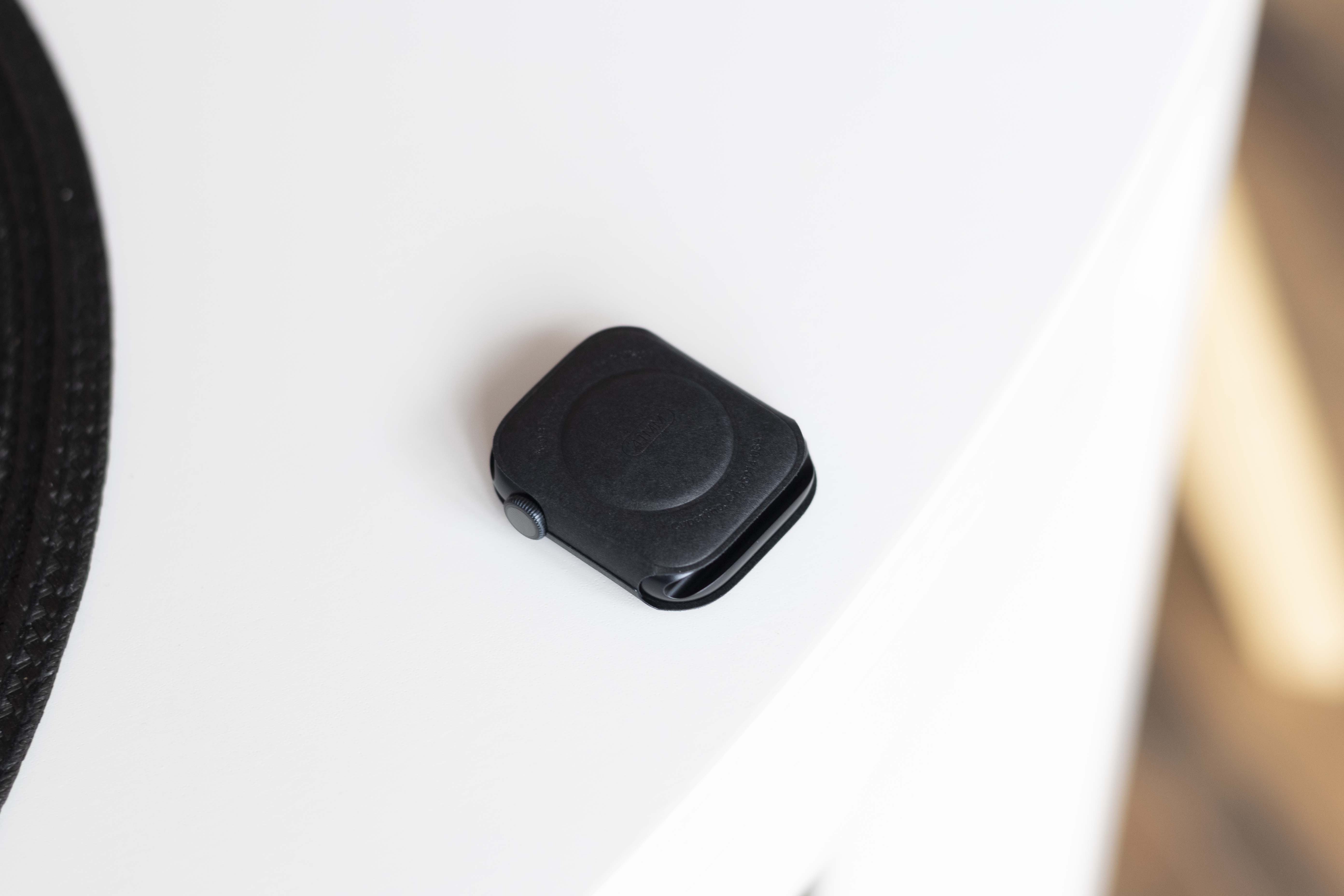
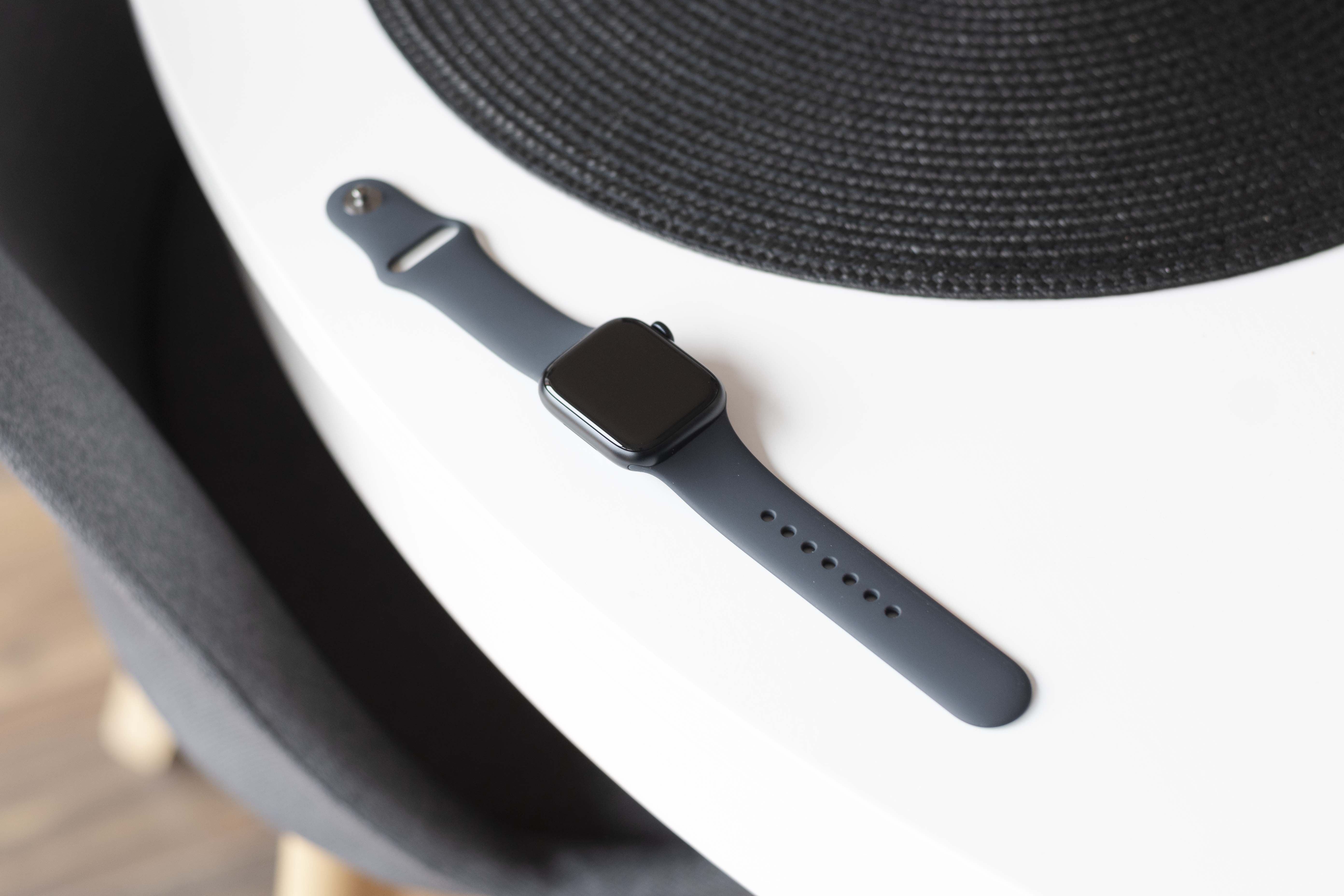
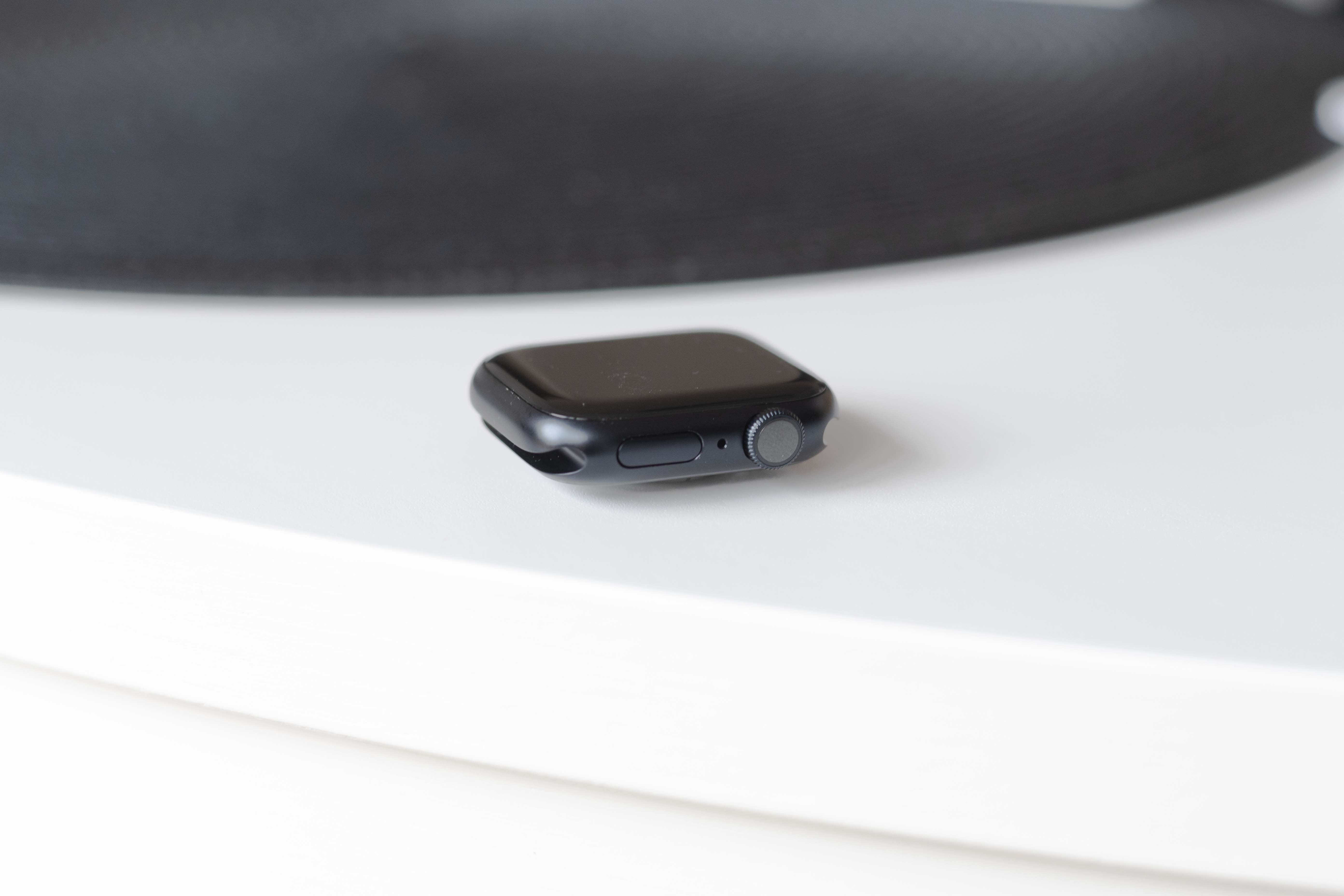
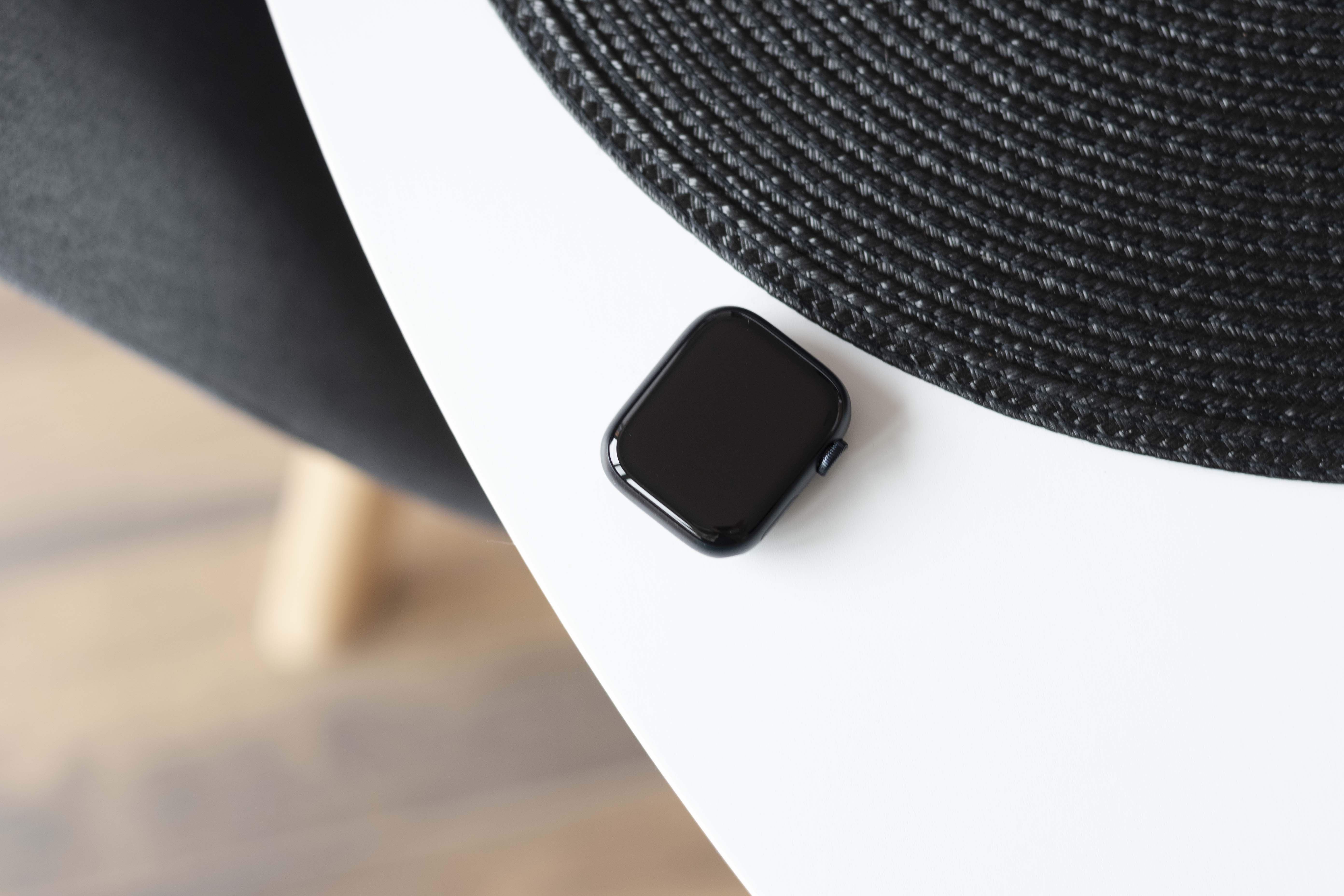

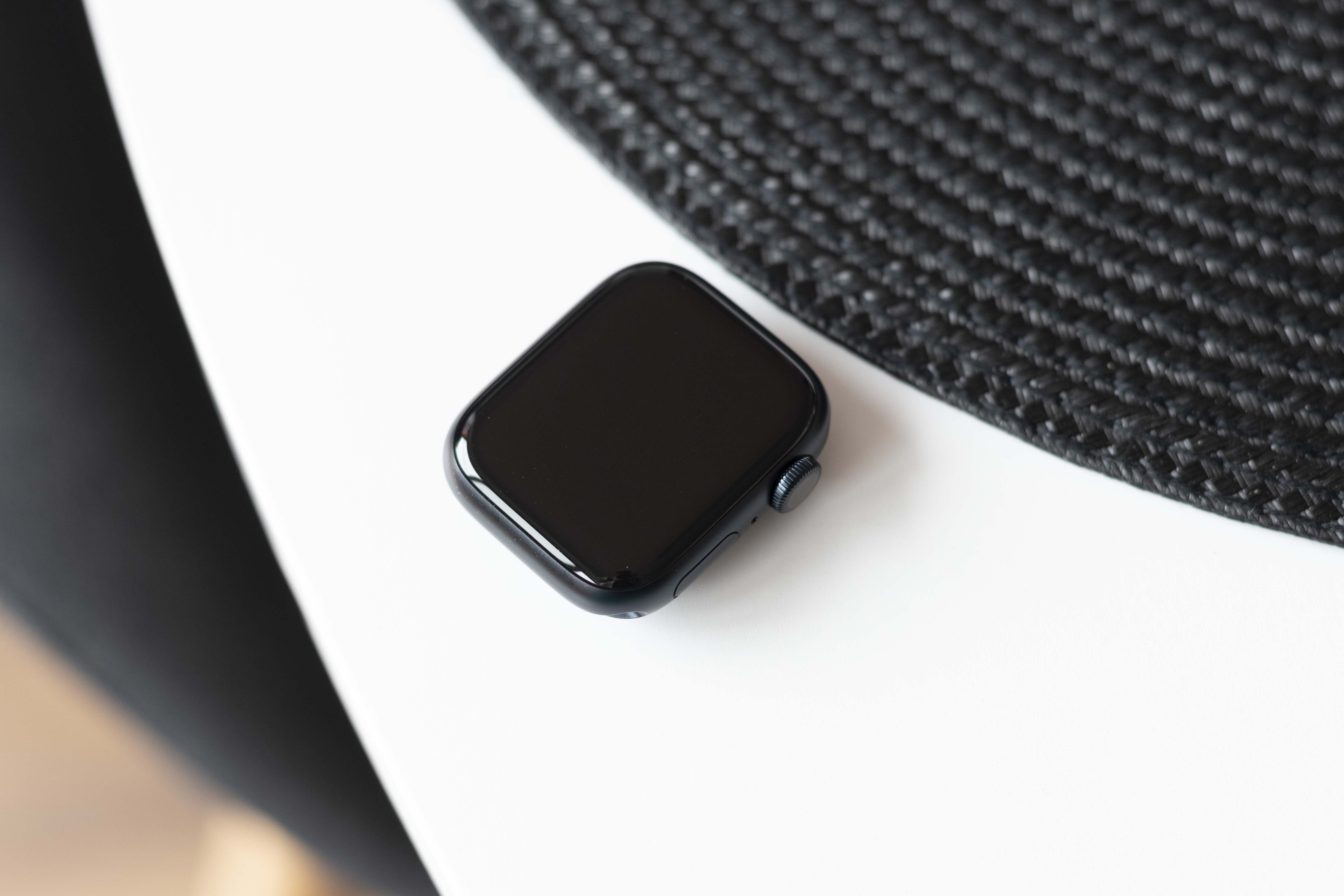

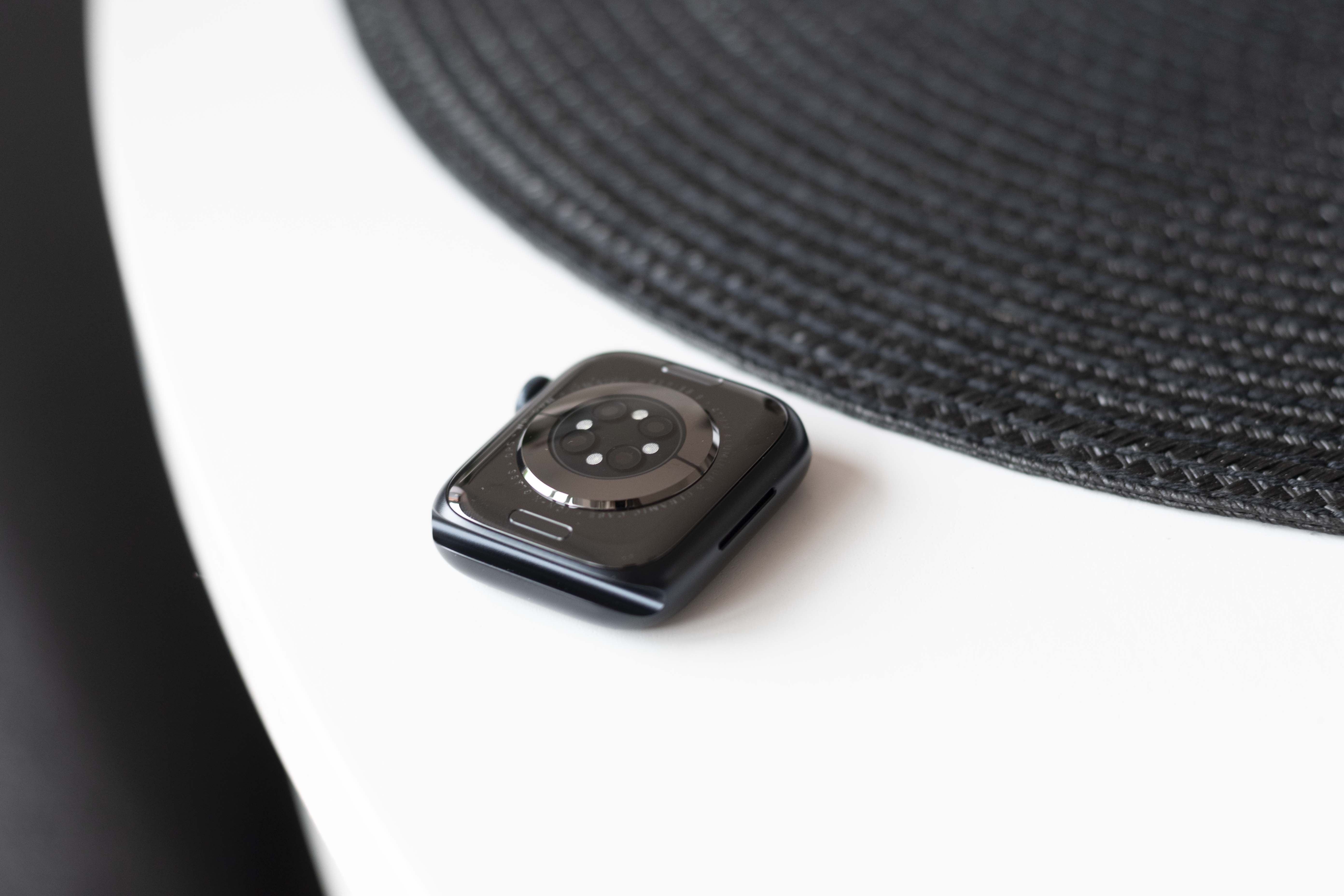
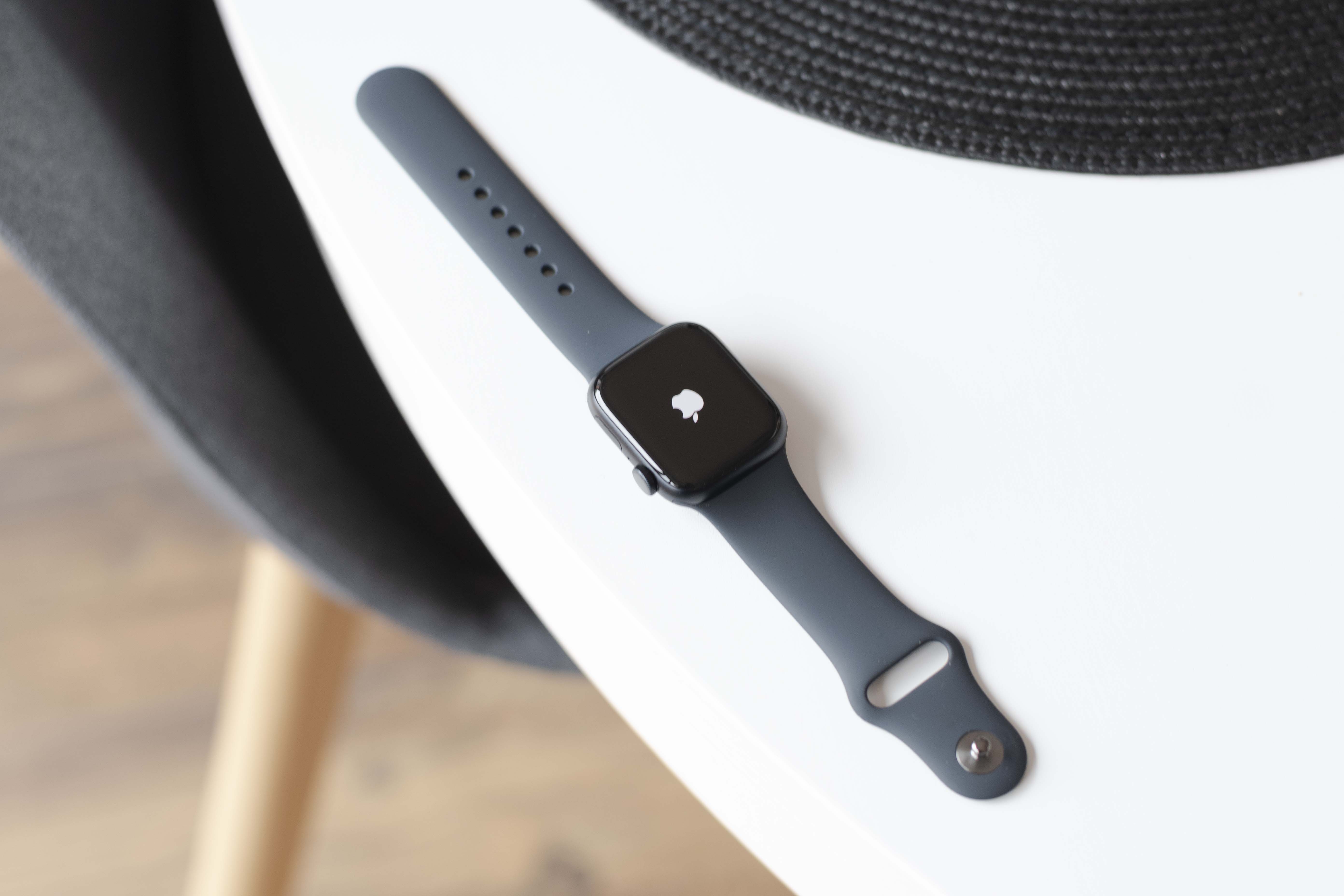
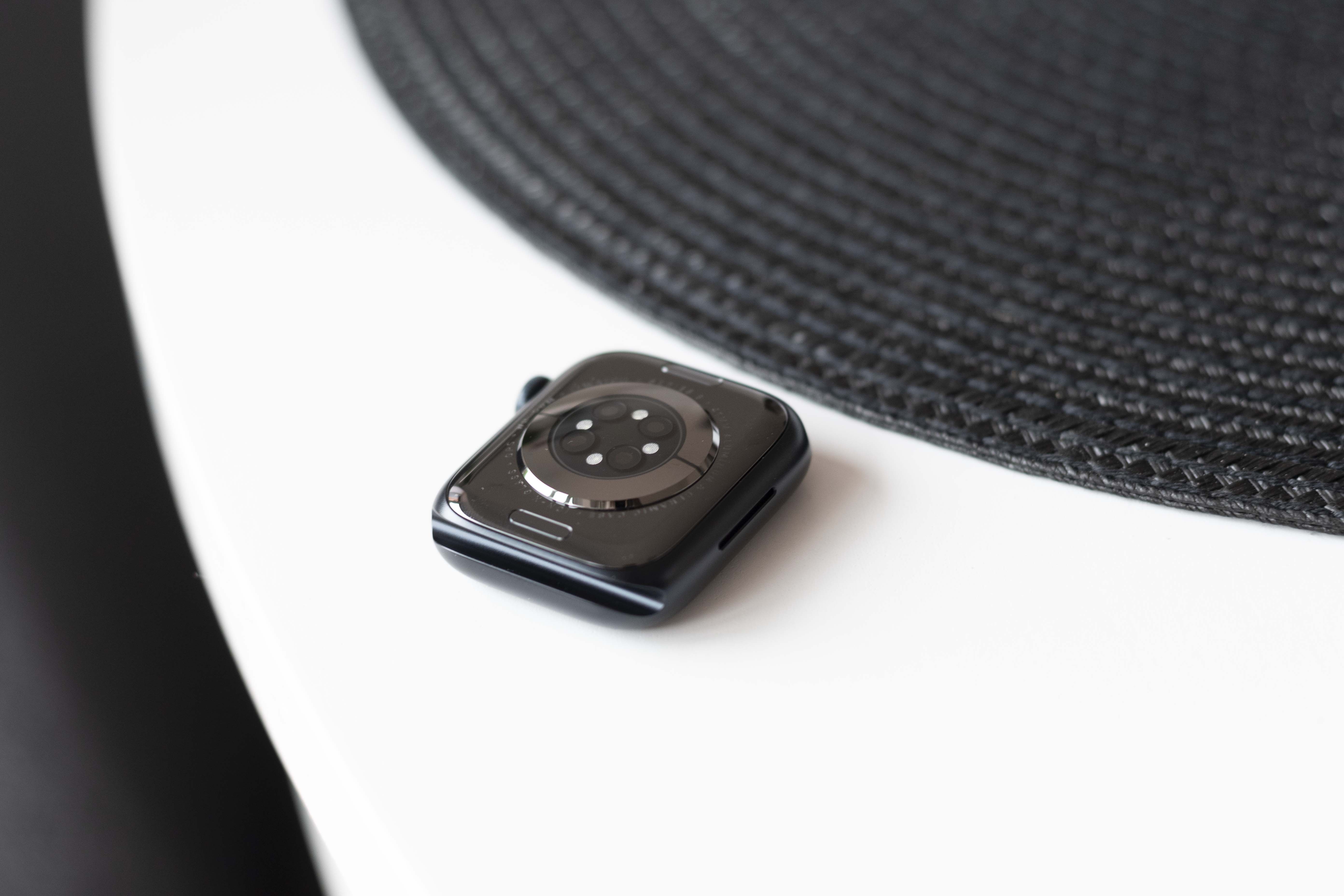
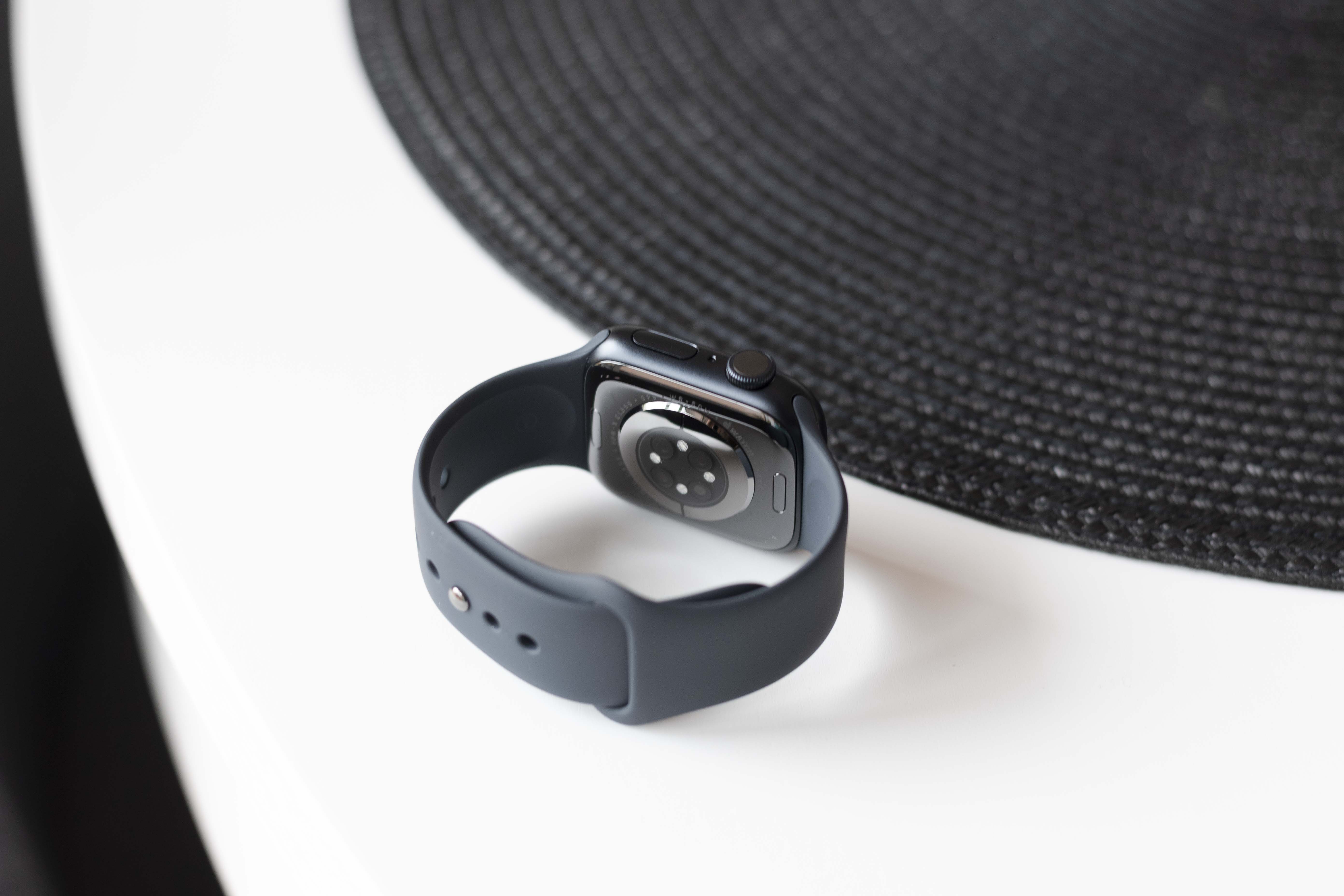

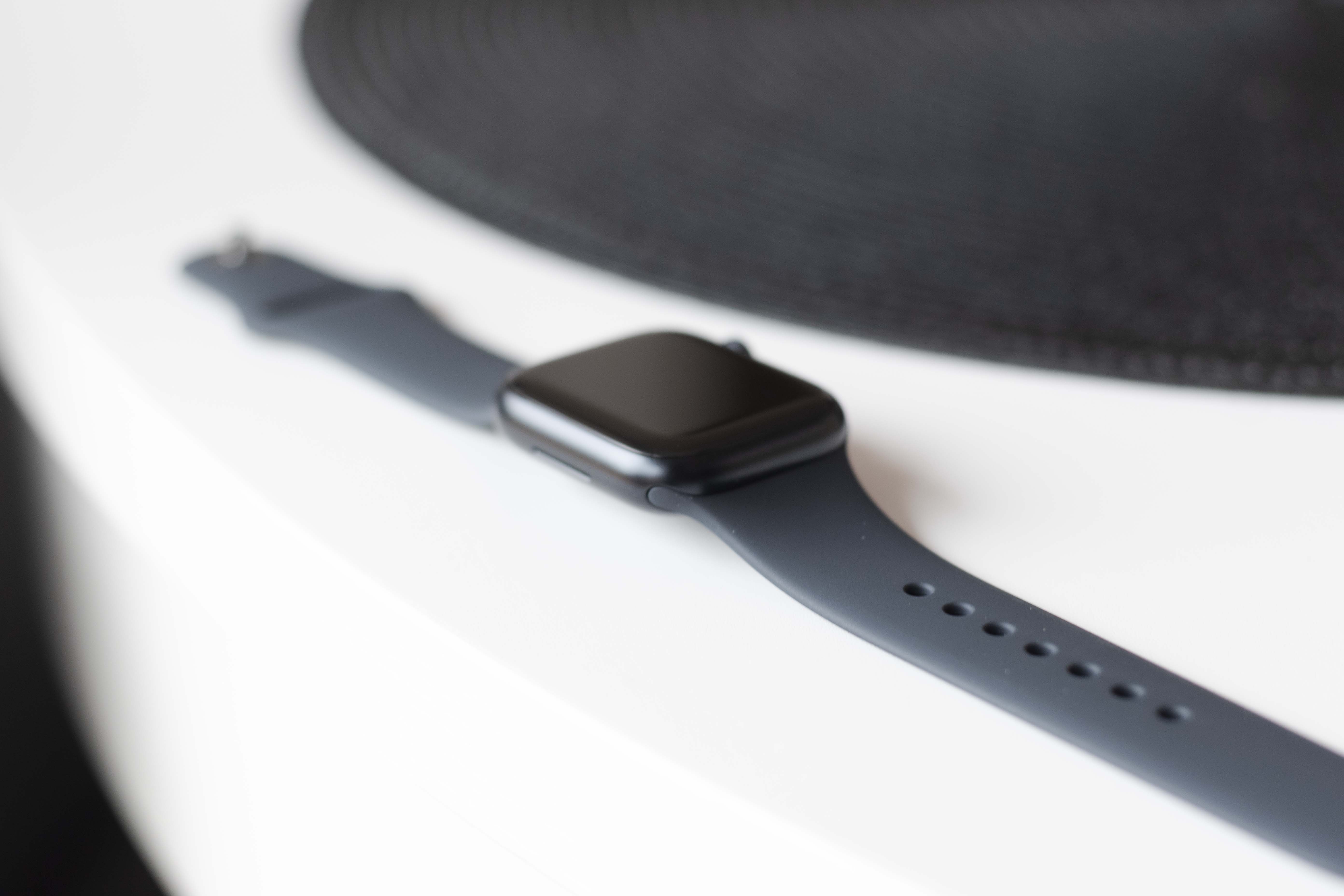

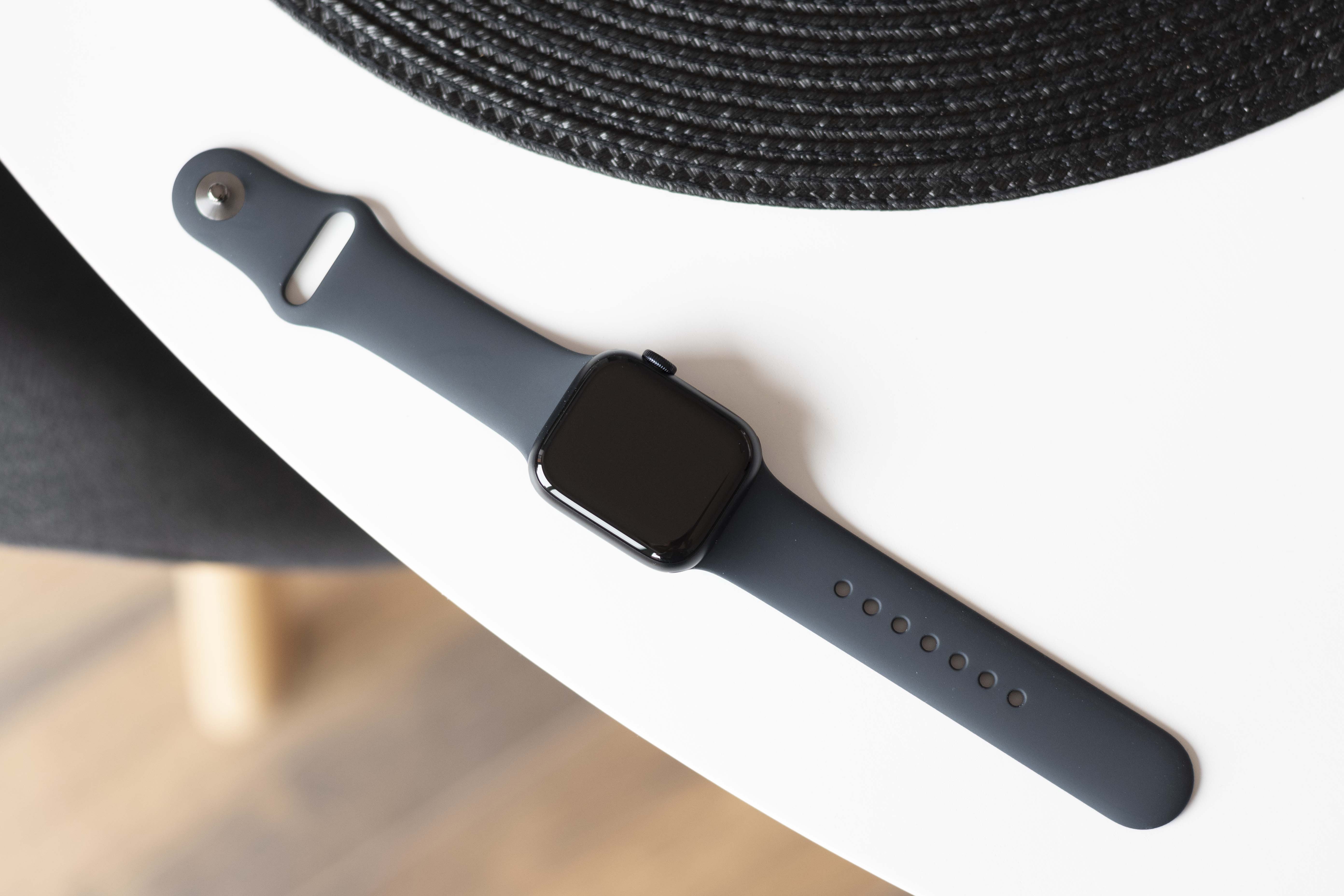
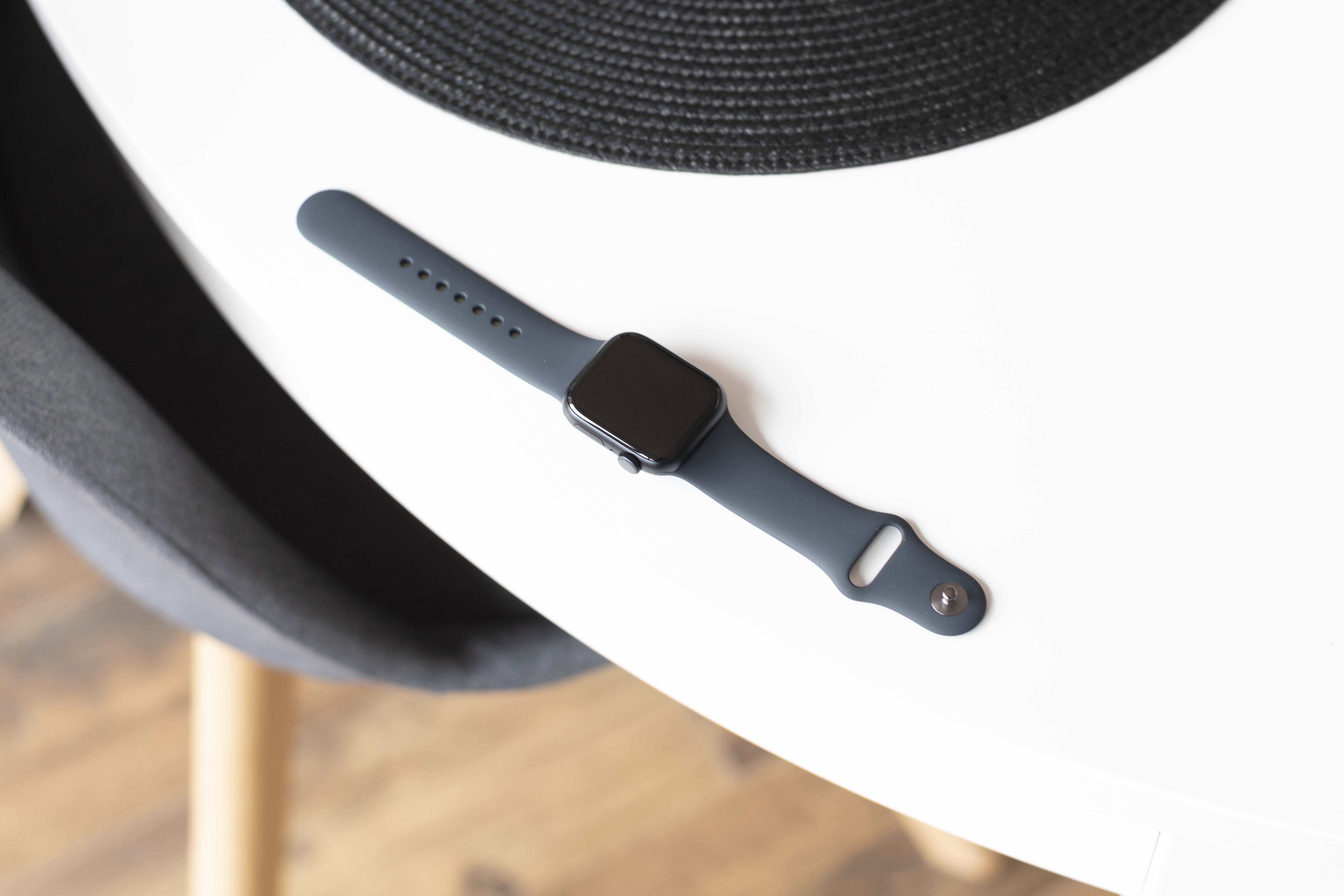

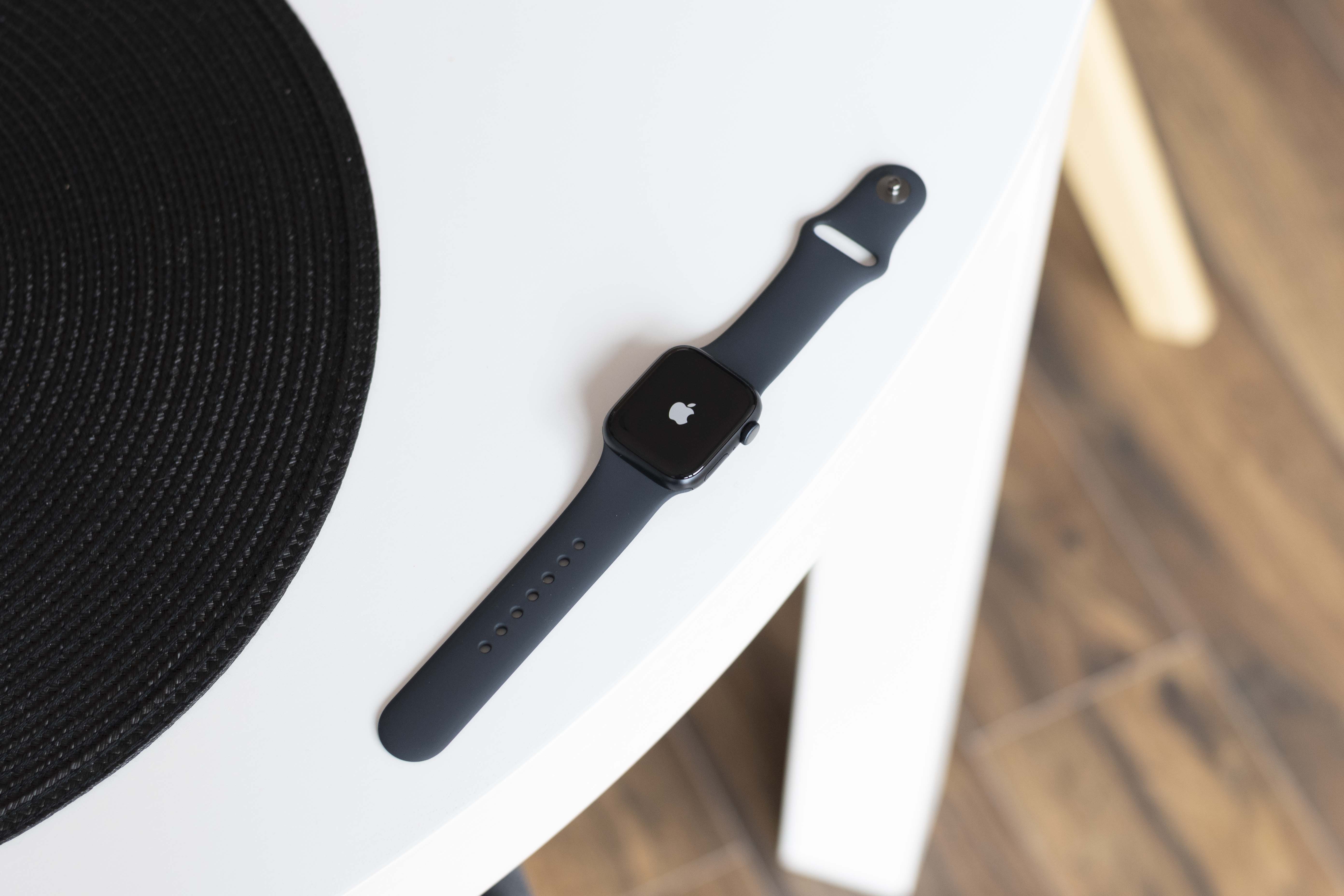

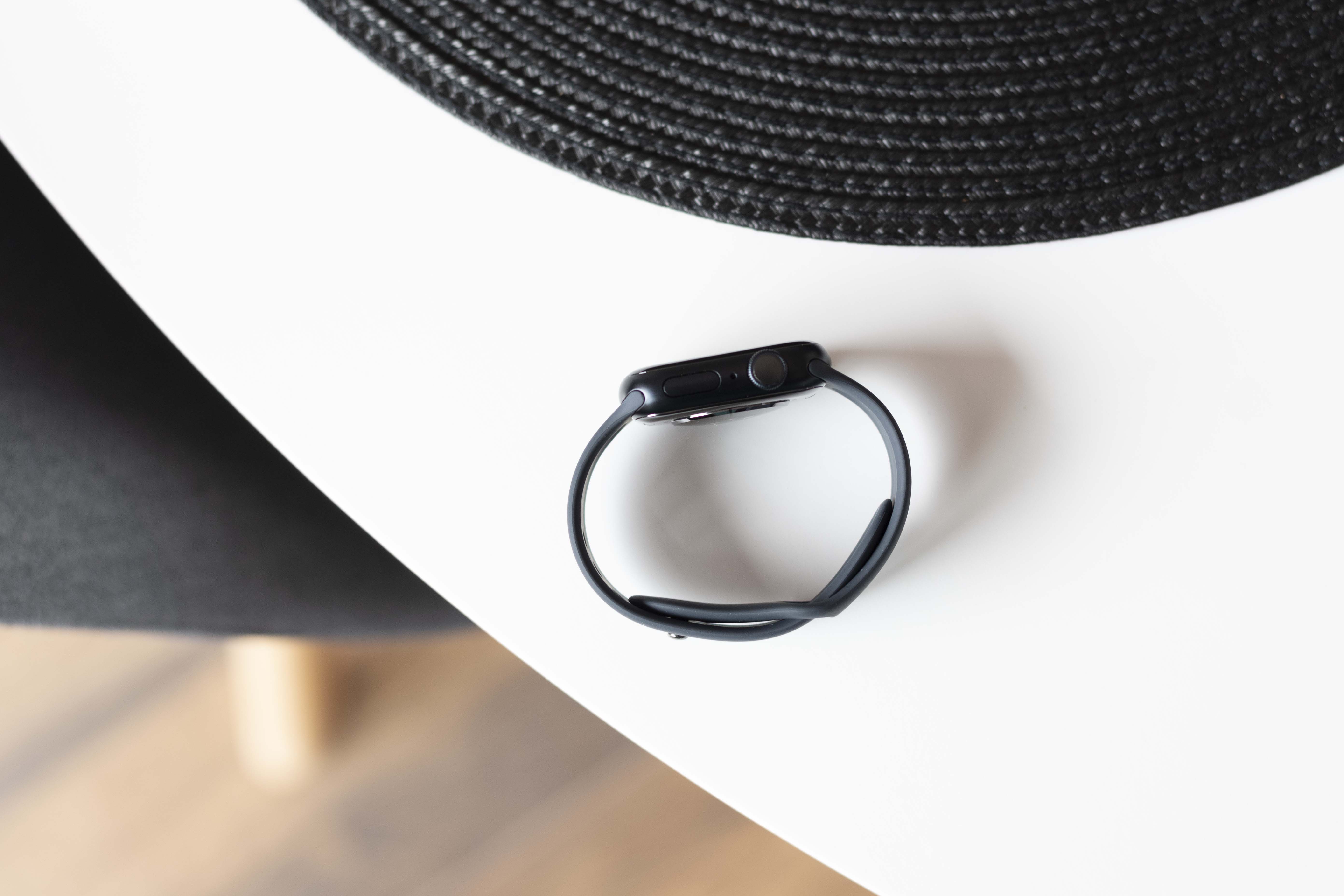
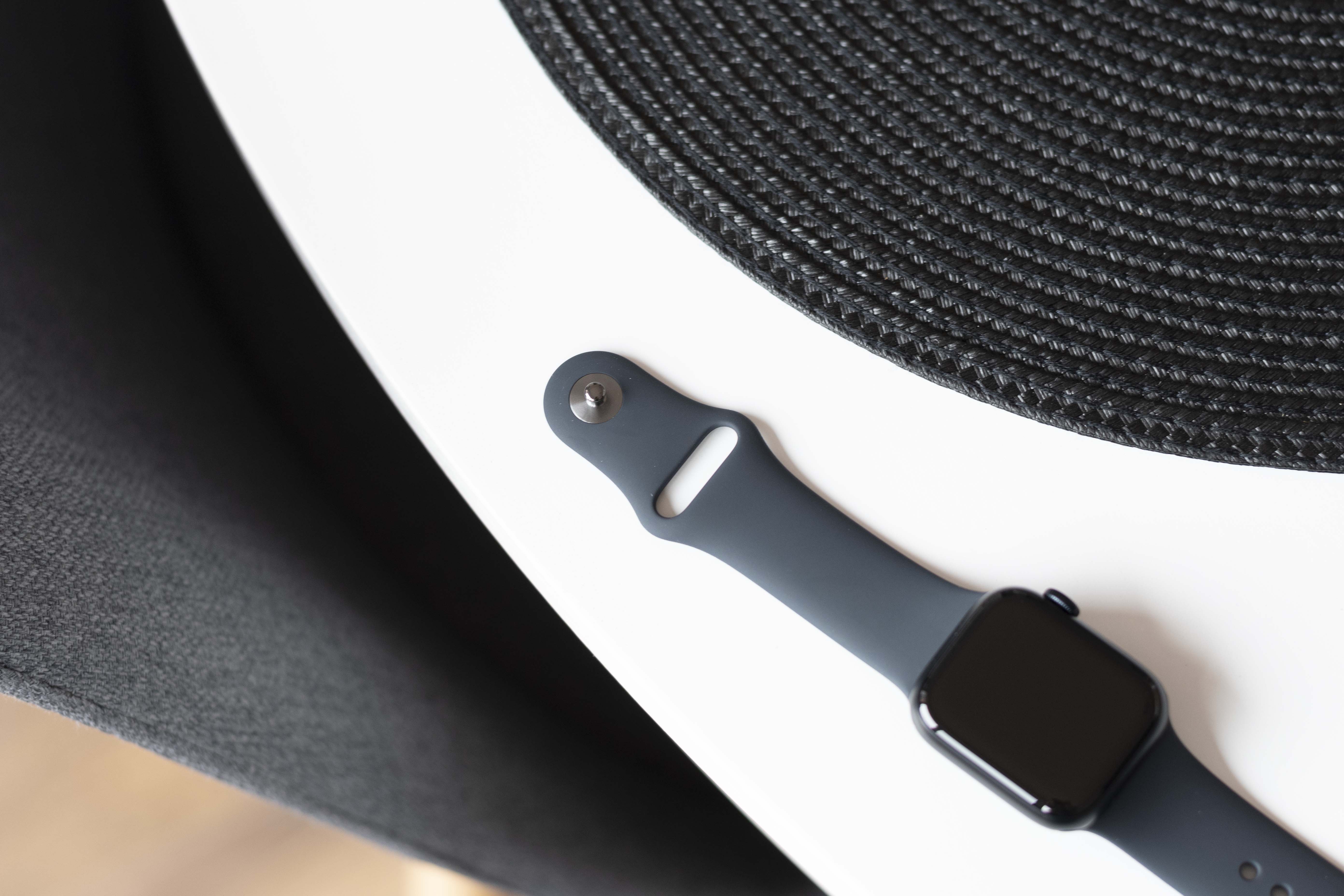
I am a person who wears my watch overnight, so I rather charge it at other times (right in the shower, etc.). But I understand the objections to temperature measurement and other unused options and I agree with them. I consider what Apple has presented so far for the use of a temperature sensor to be an initial demonstration of what it can be used for and what Apple is currently willing to put its hand in the fire for. He can then make further improvements in software, and perhaps in the next version of the watch (series 9) he does not have to add additional sensors, but it will be more about a greater improvement of watchOS. Unfortunately, it will take some time to arrive.
How does an oximeter work? I was looking forward to that one, but you didn't mention it at all in the review. Thank you.
The oximeter works in exactly the same way as on the Series 7 – that is, quite reliably.